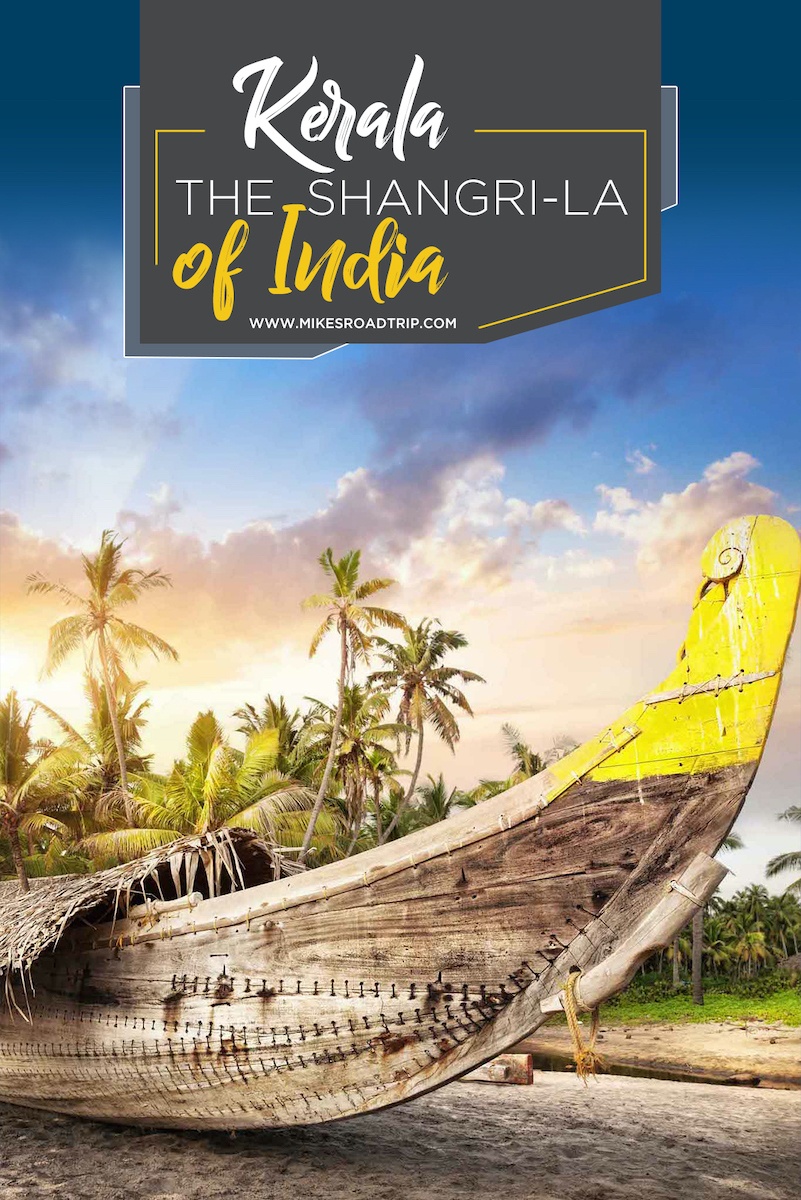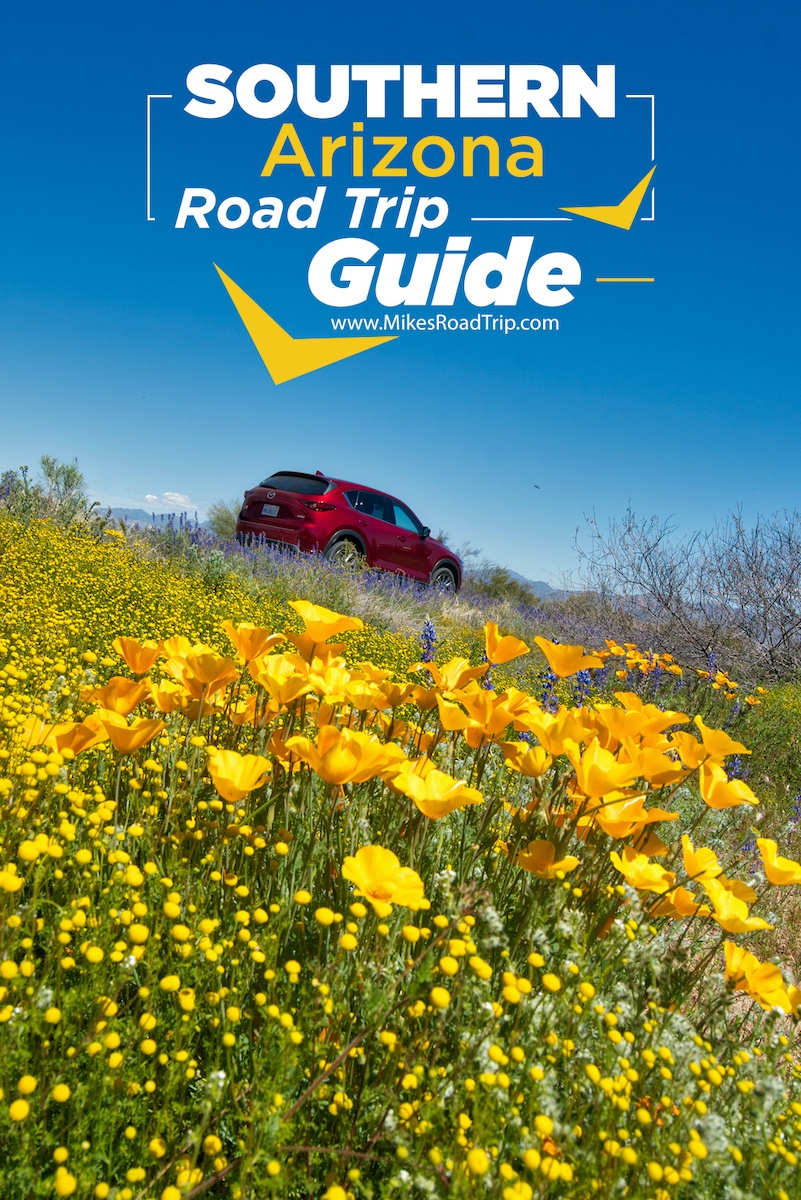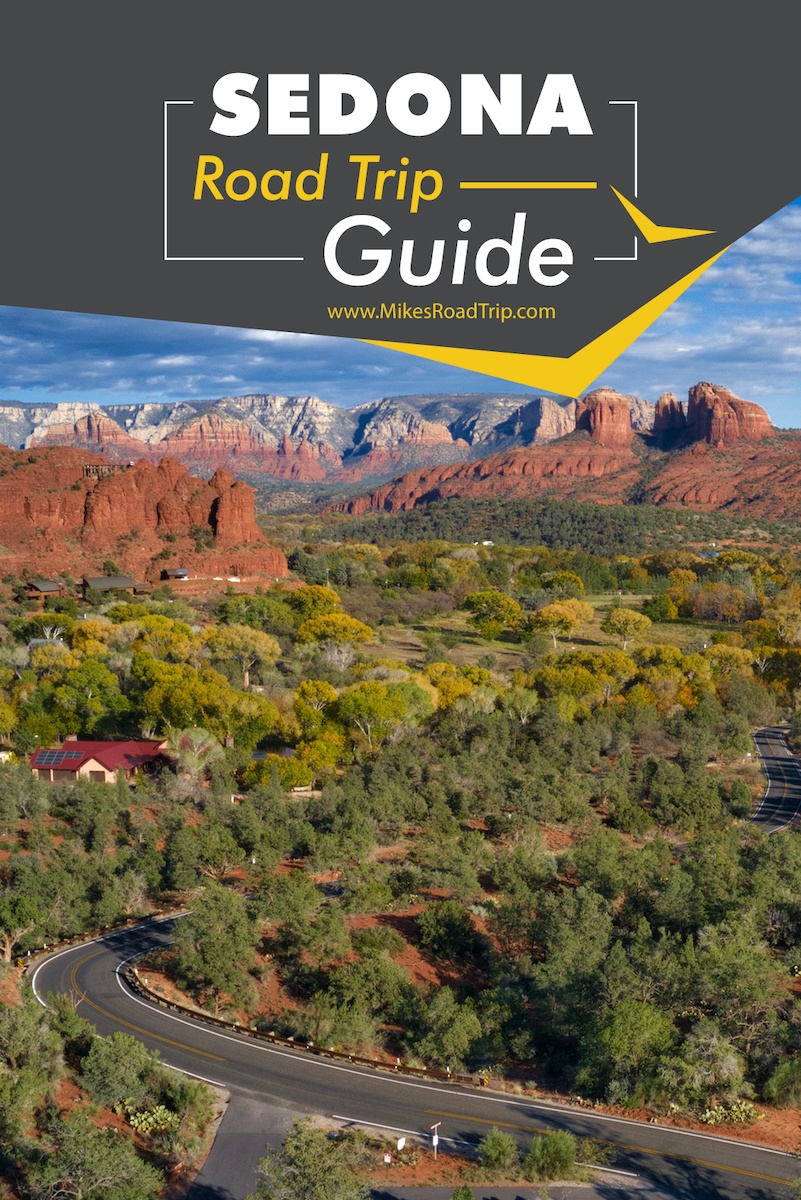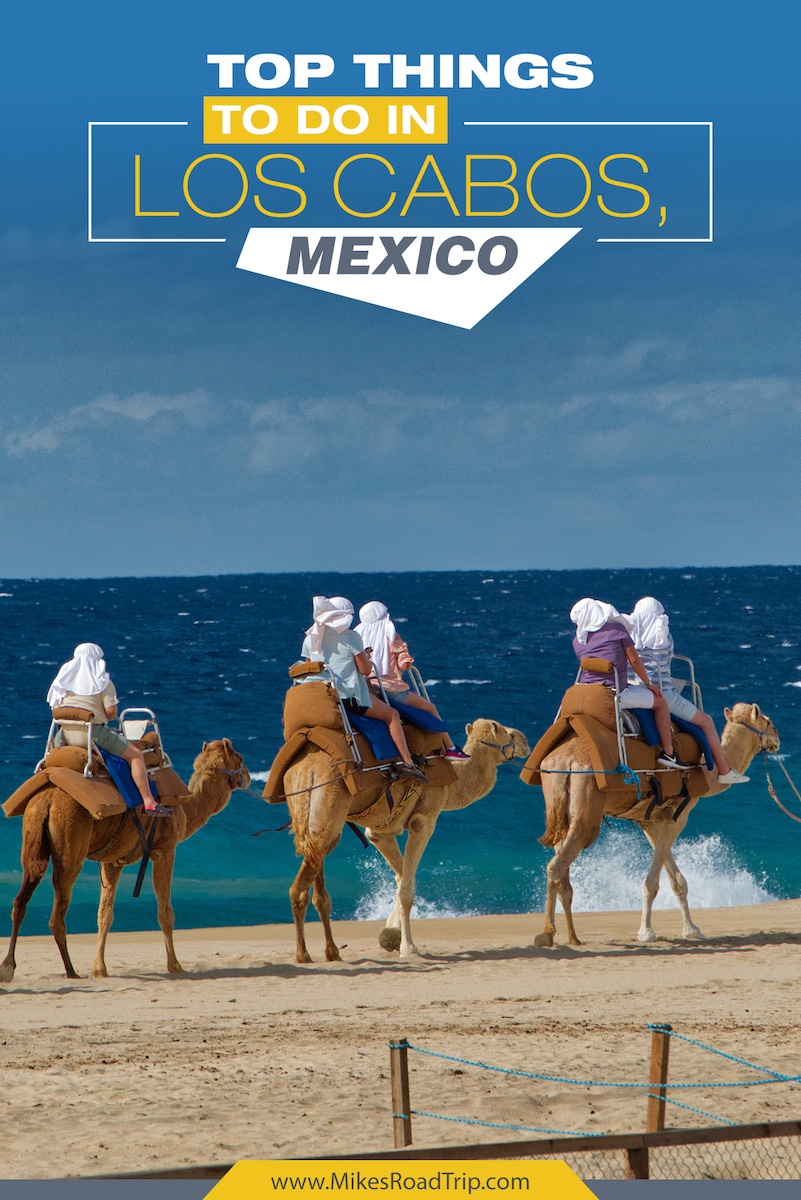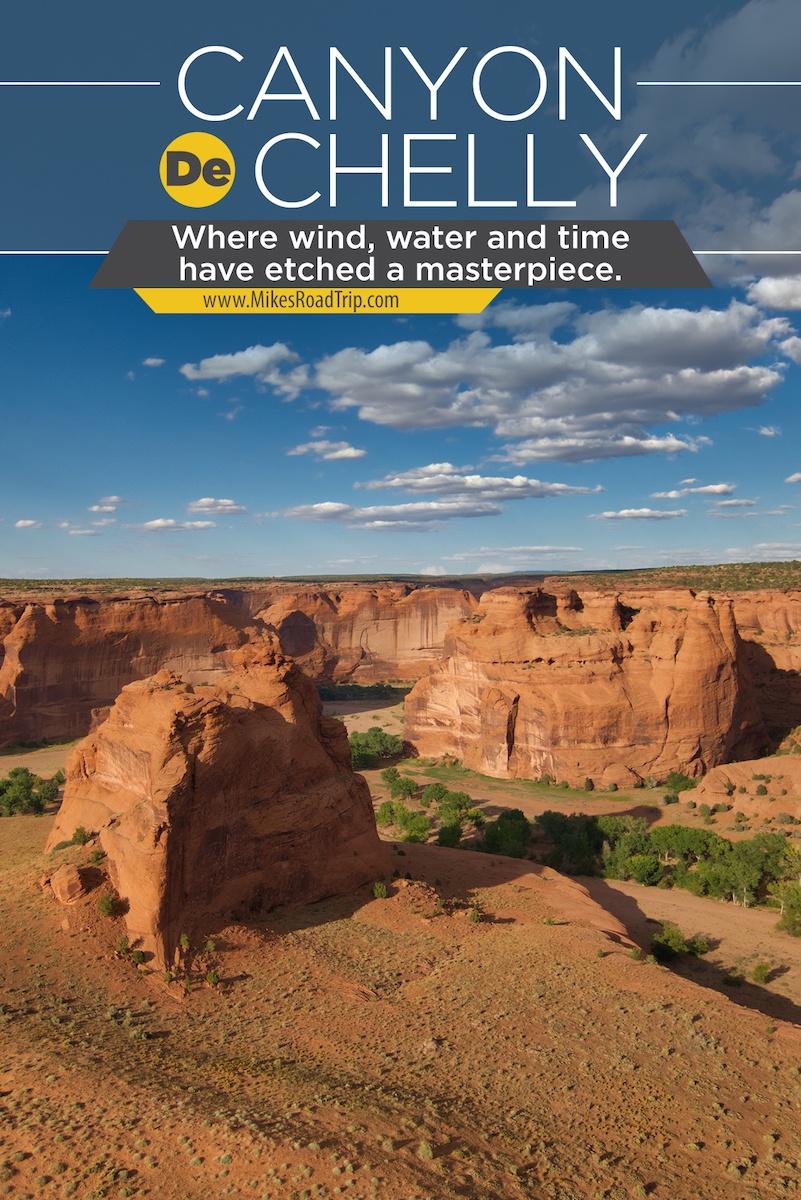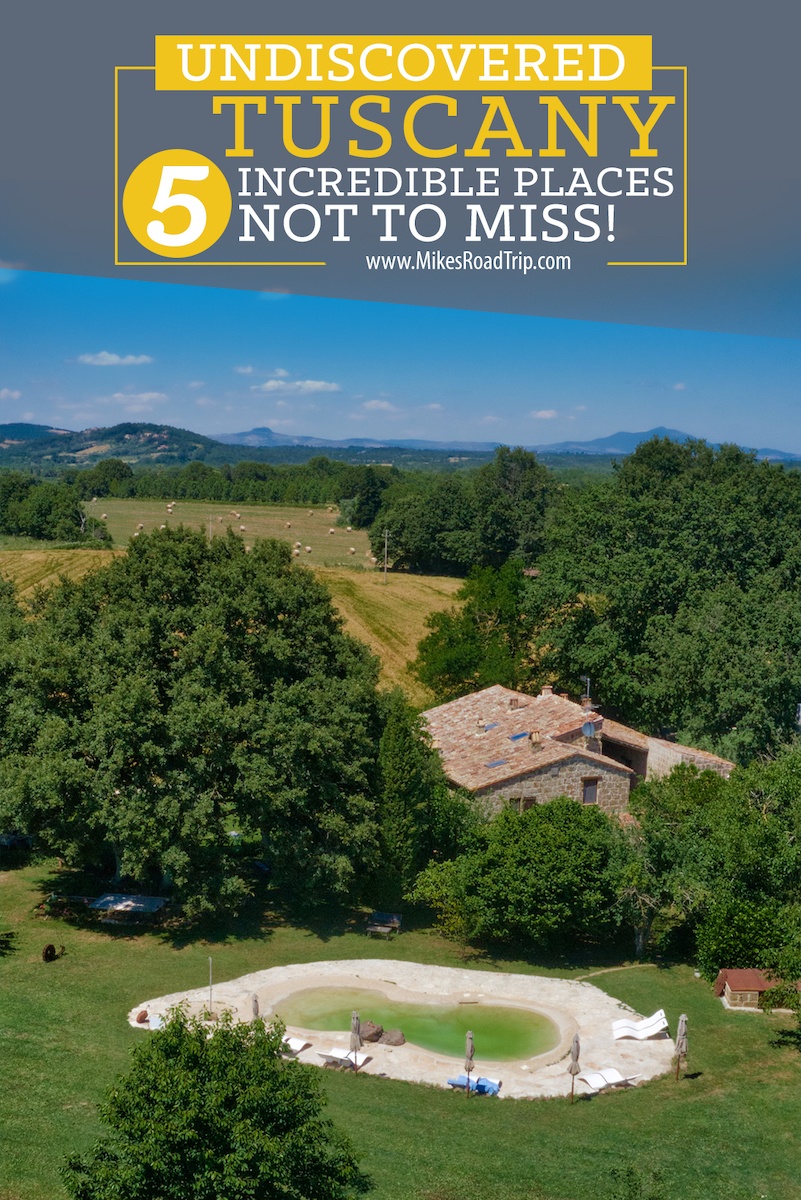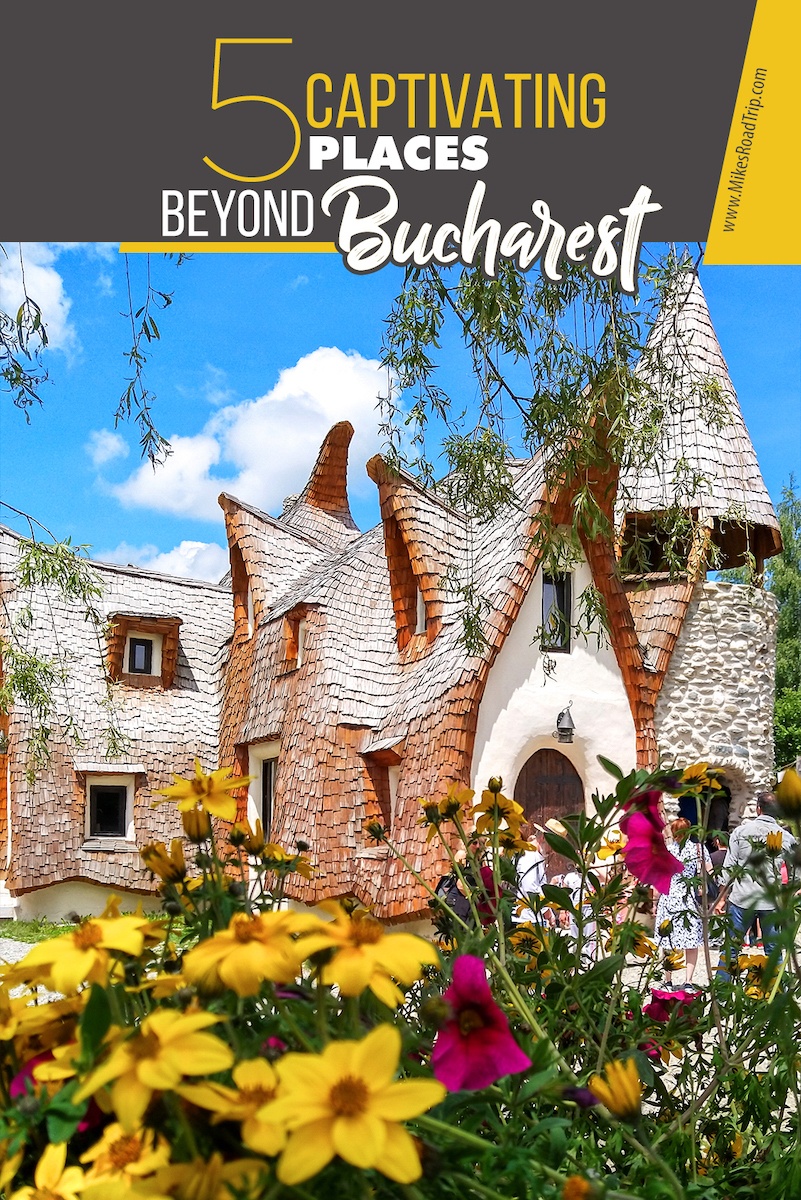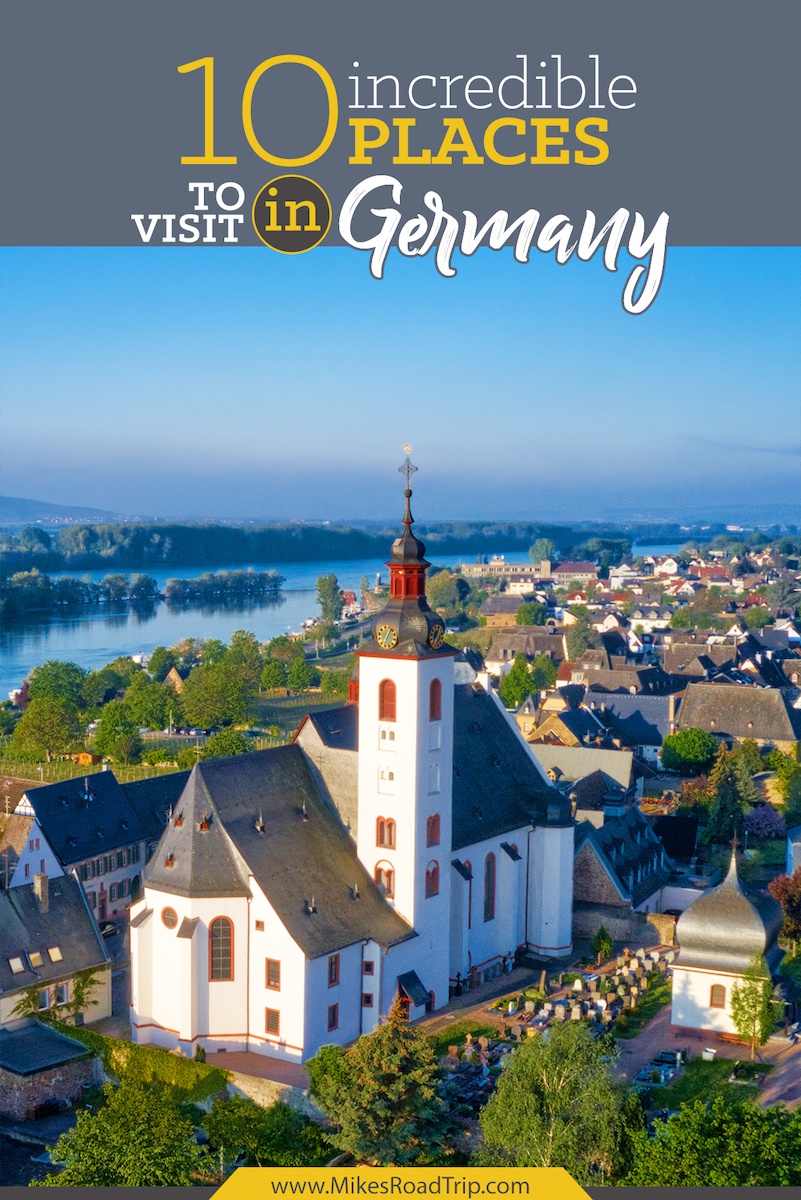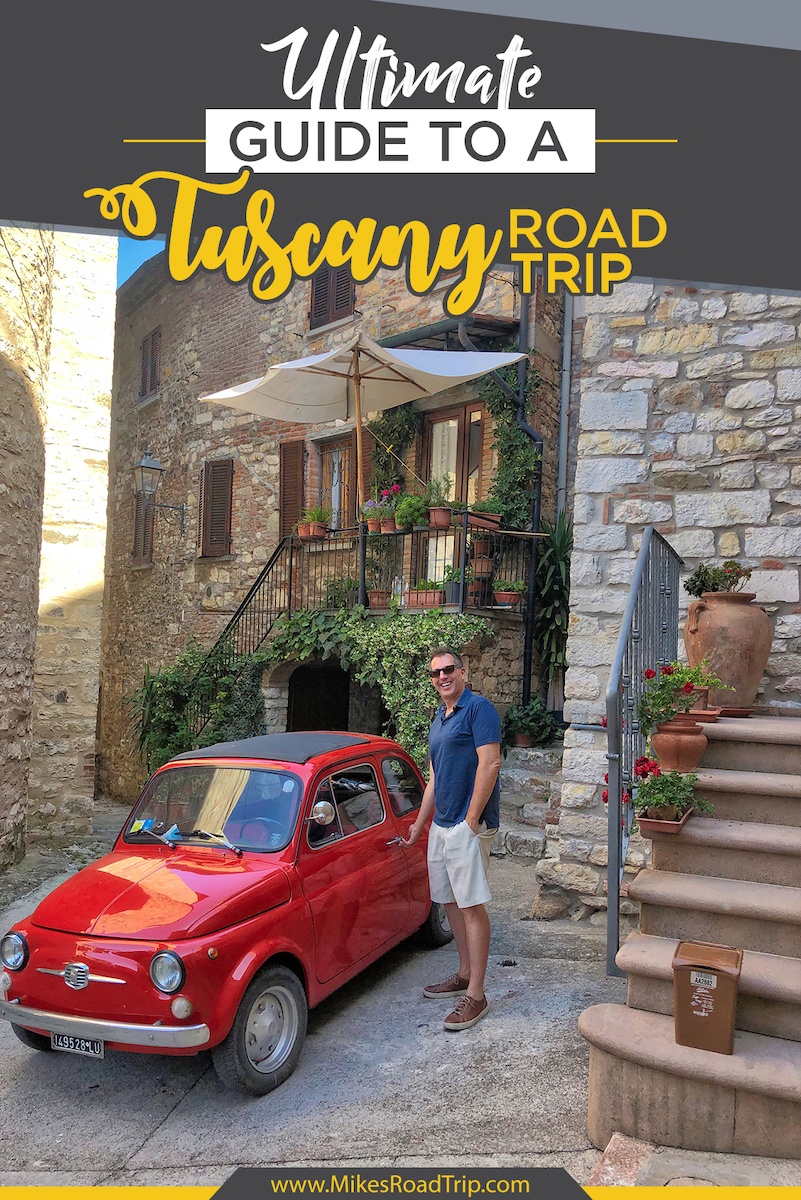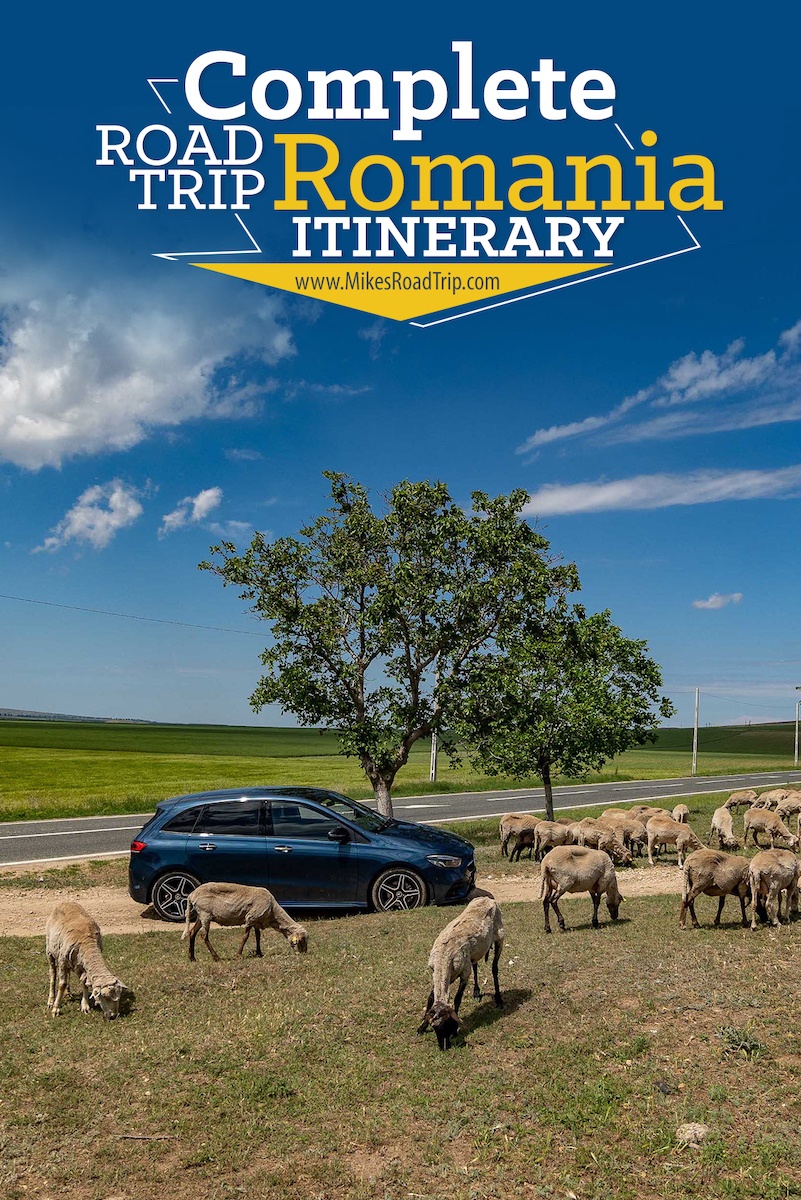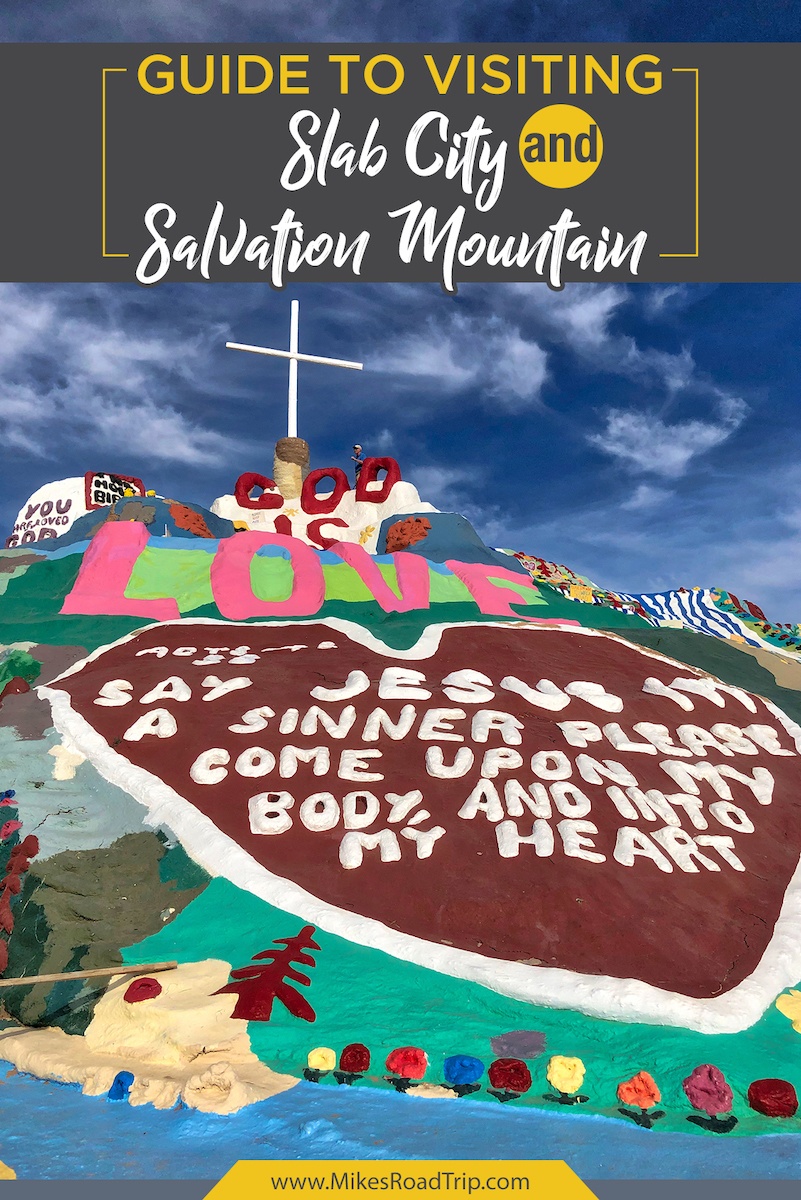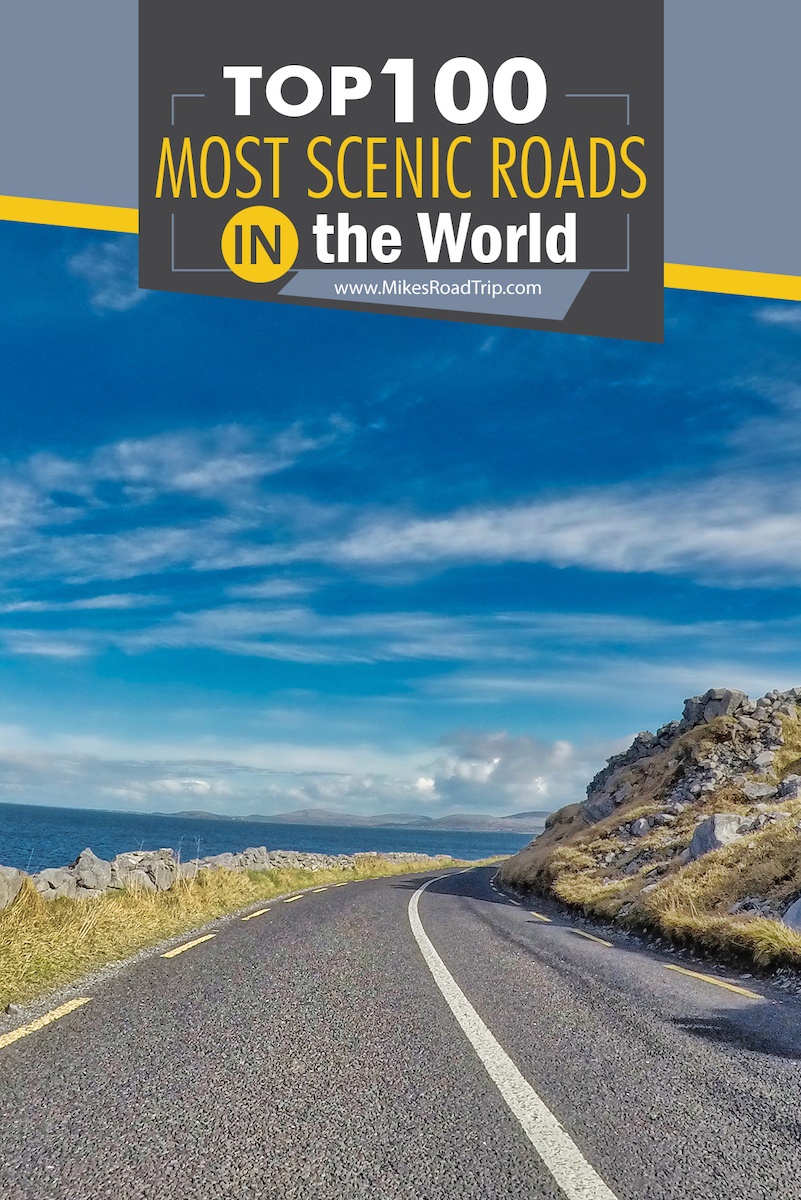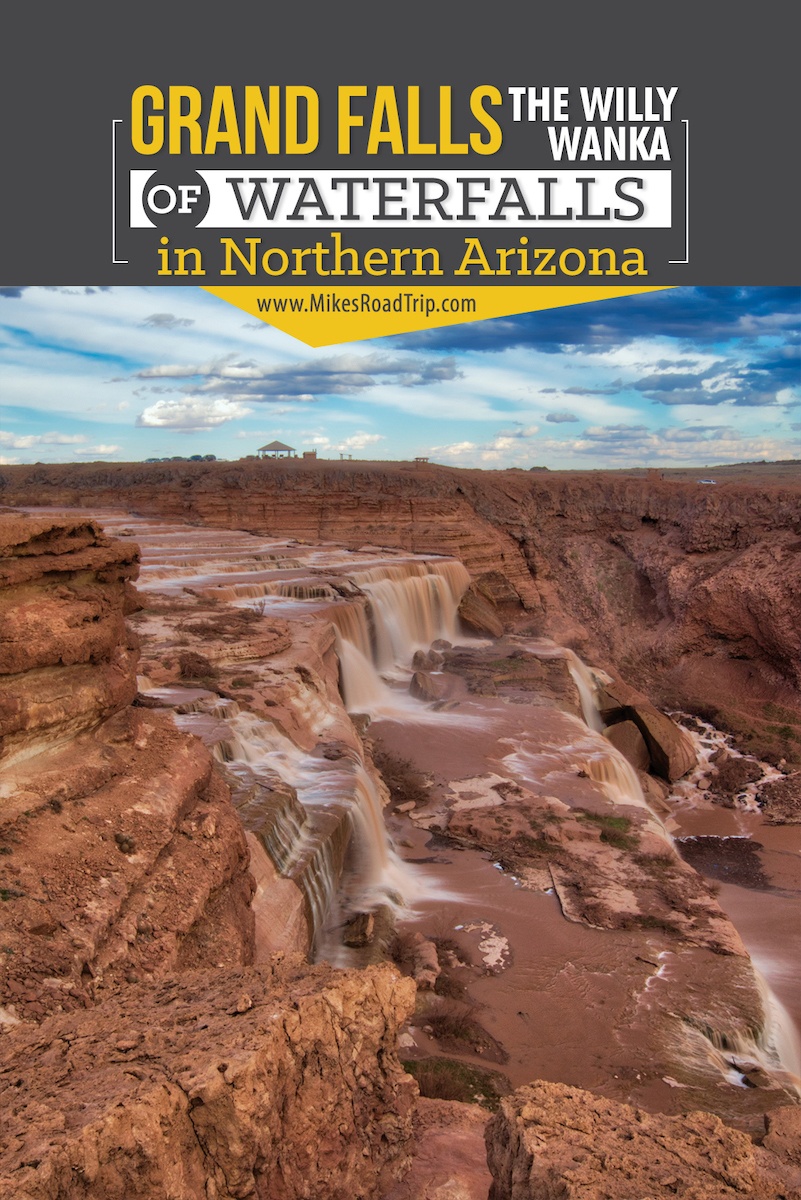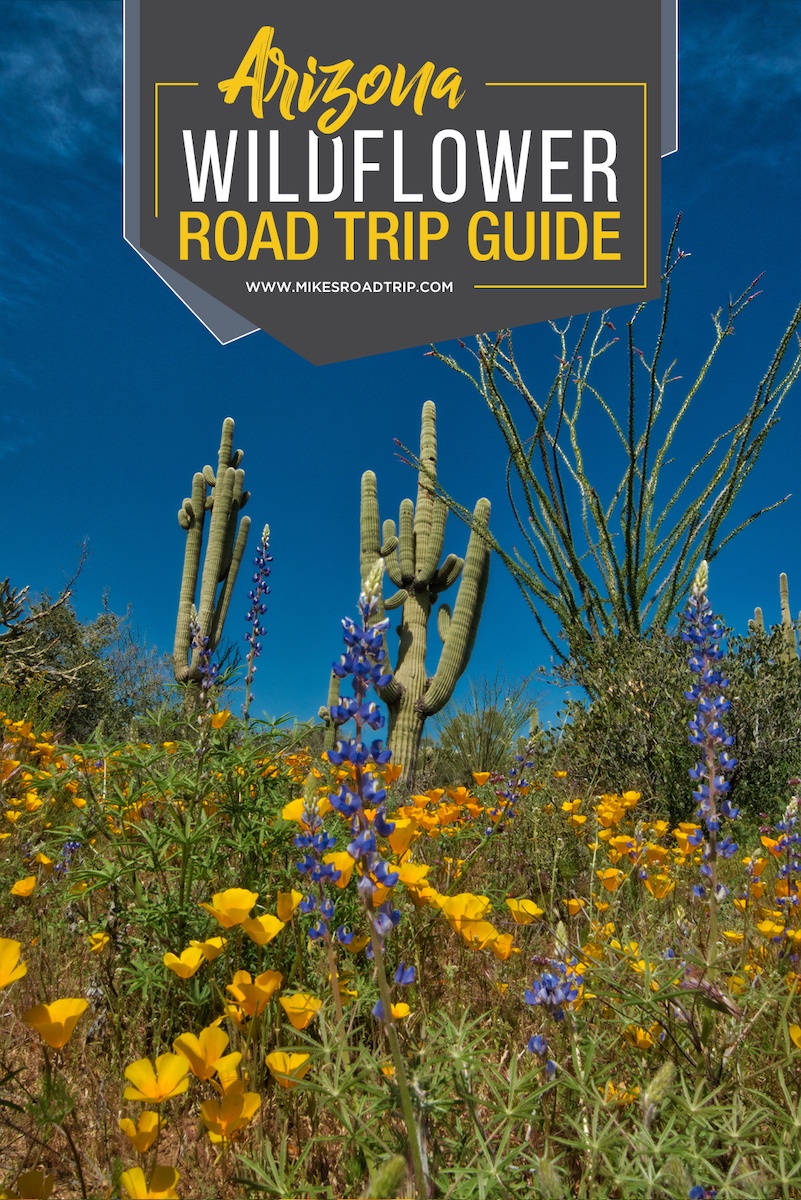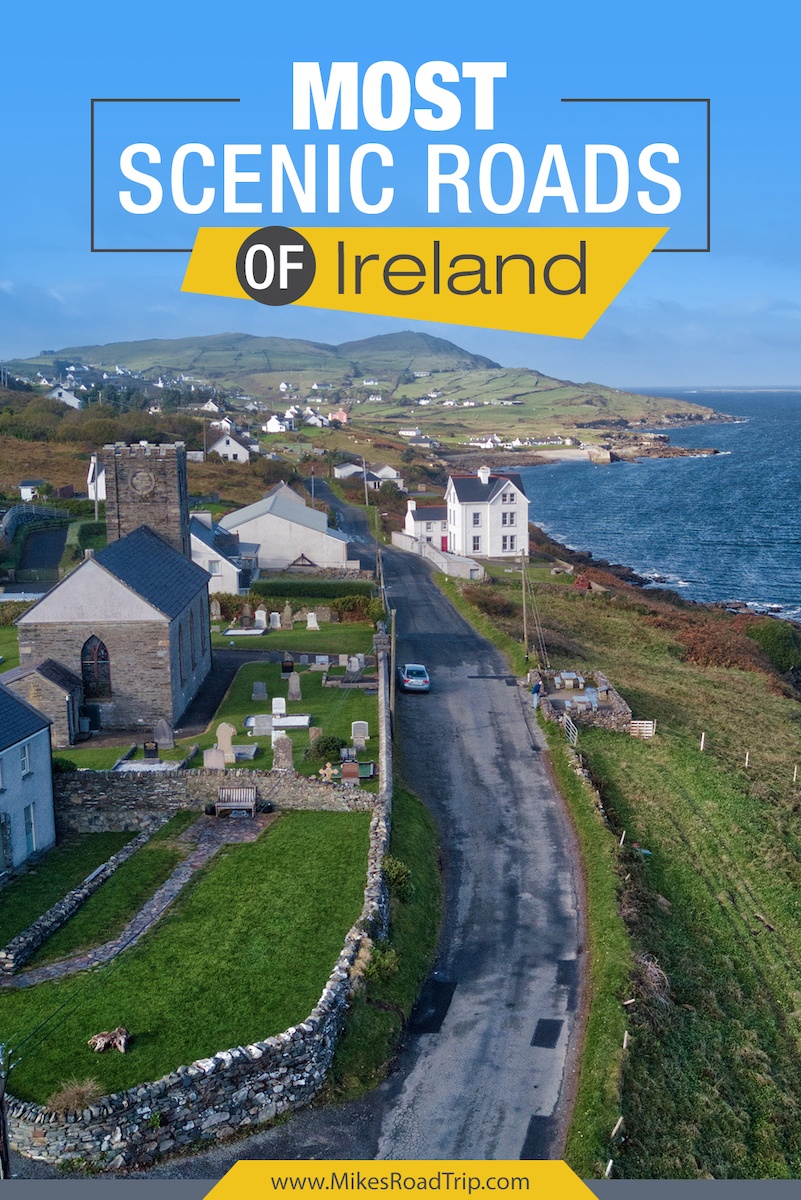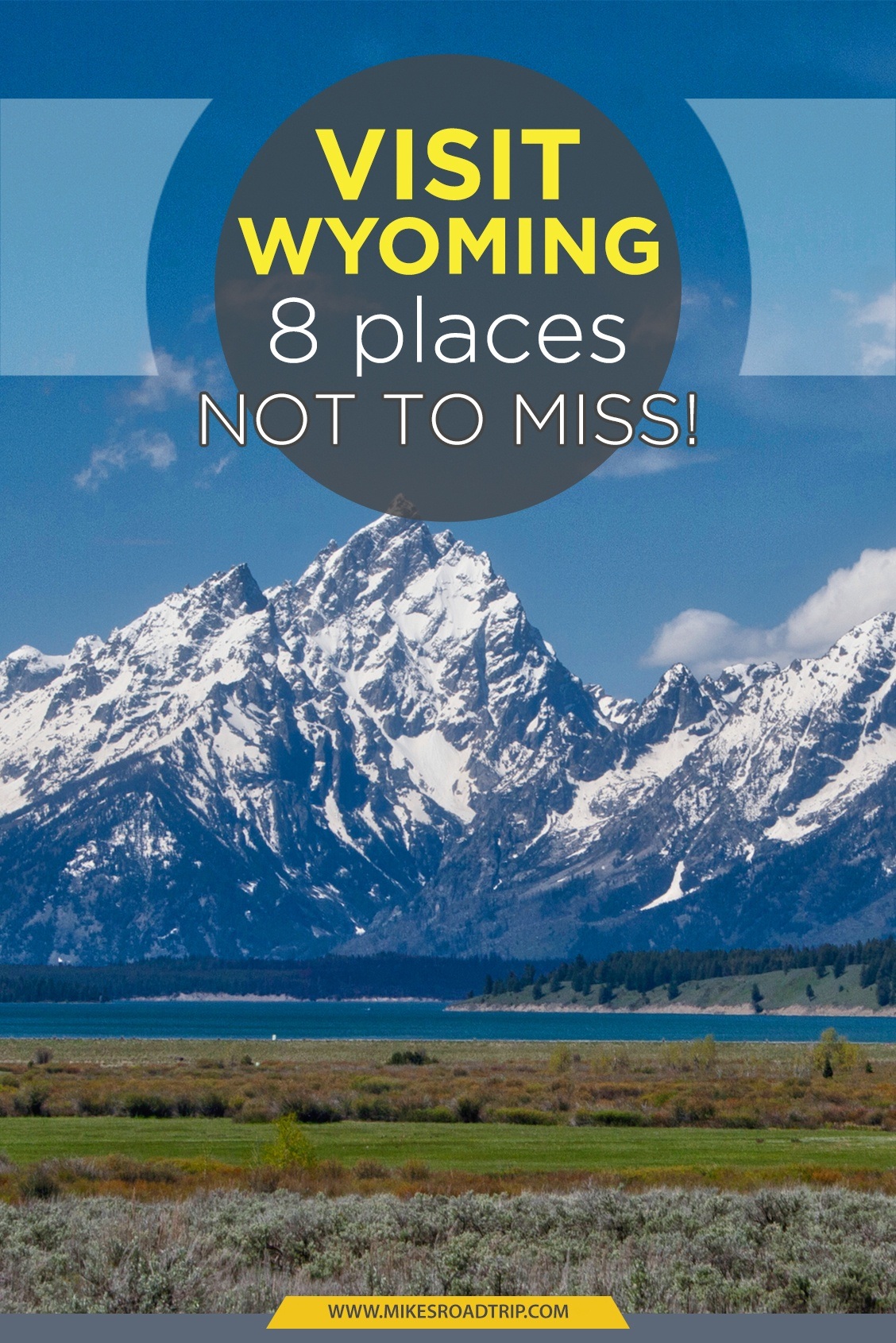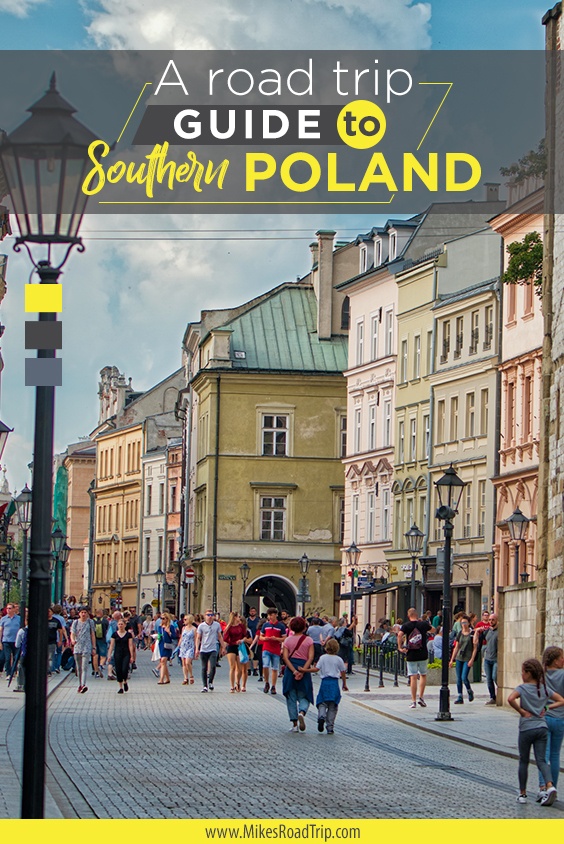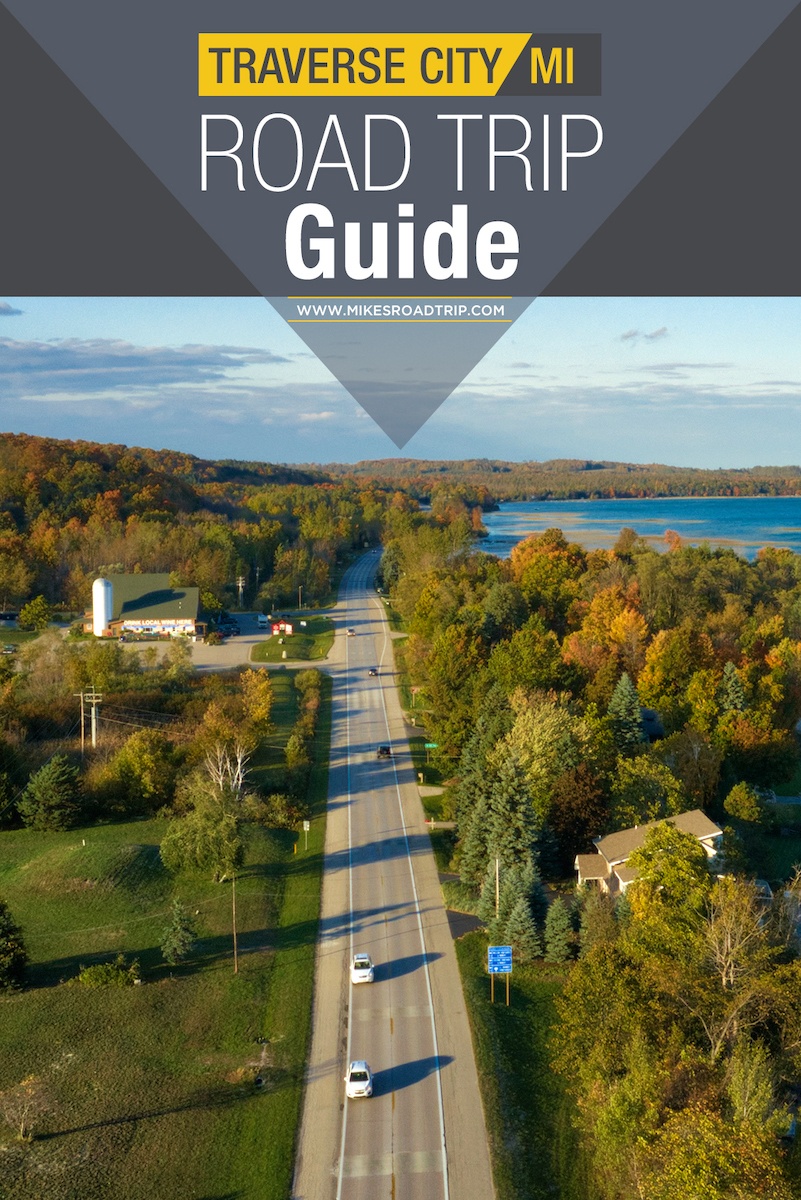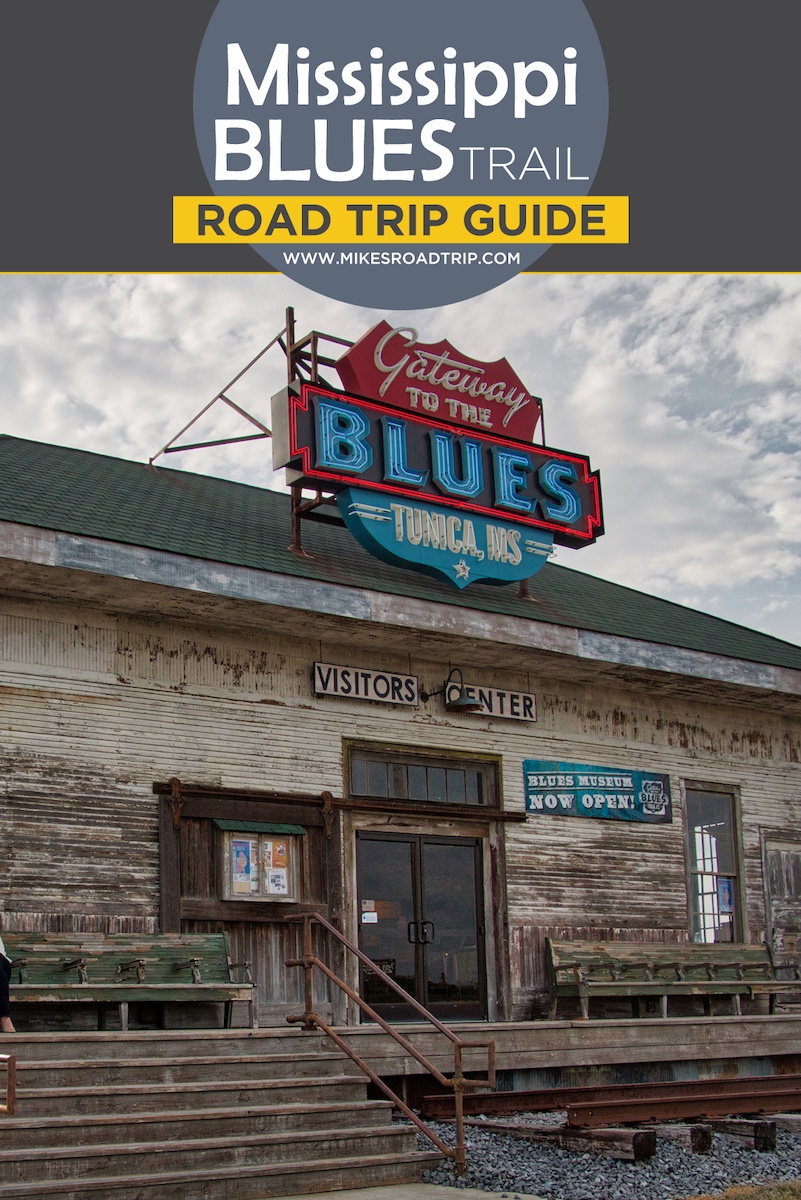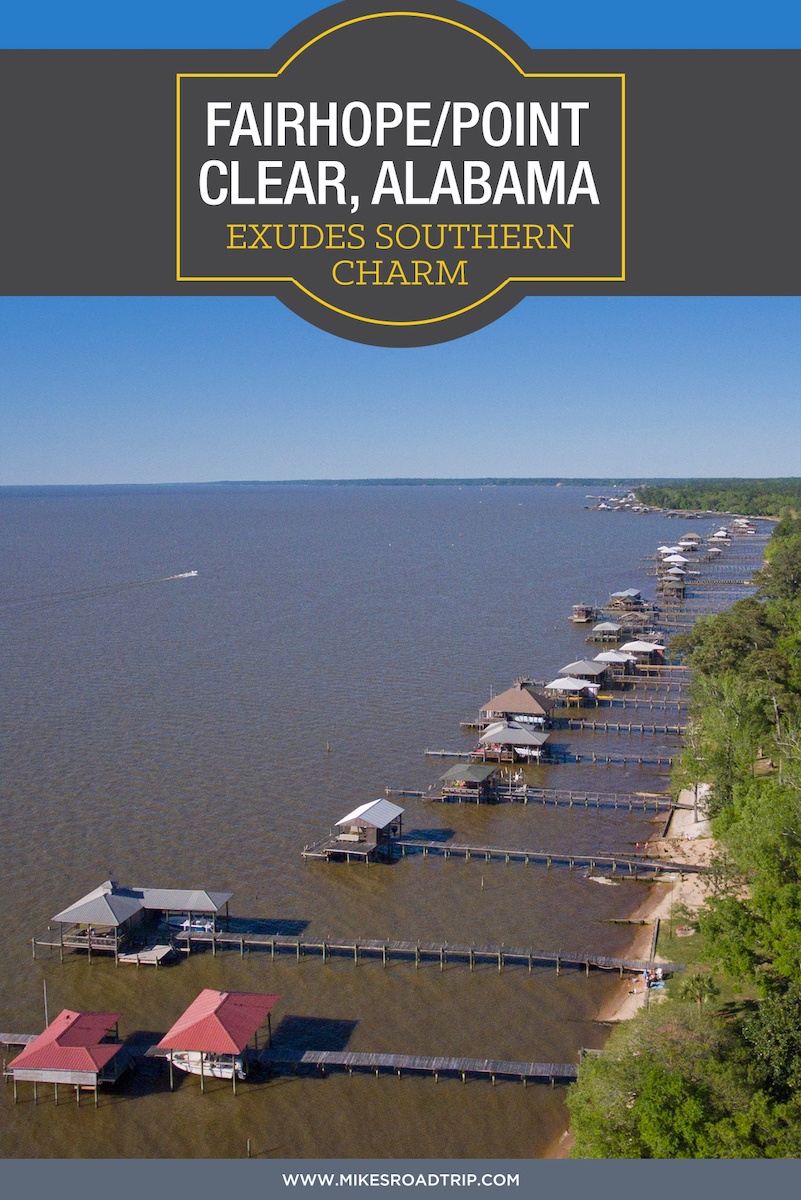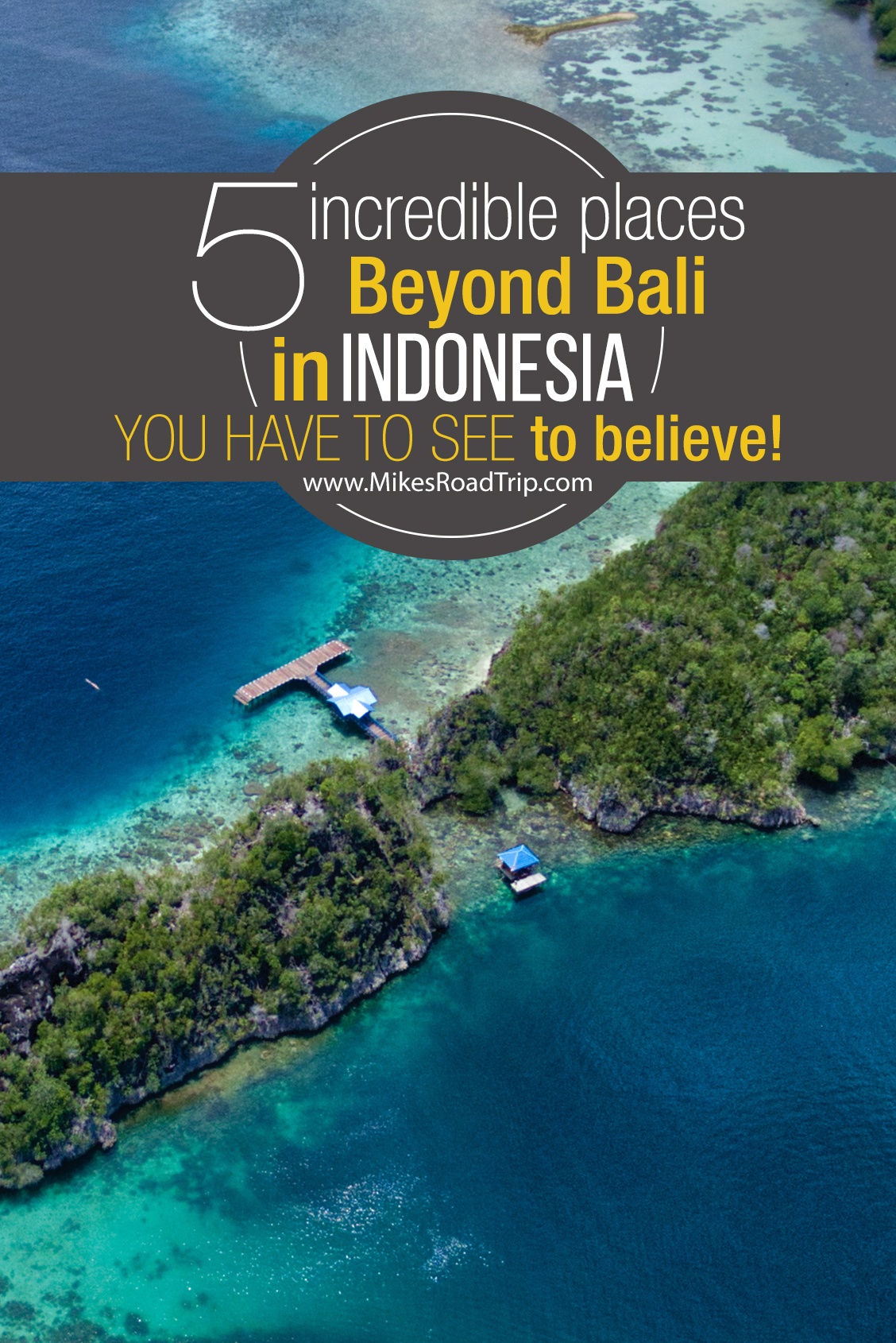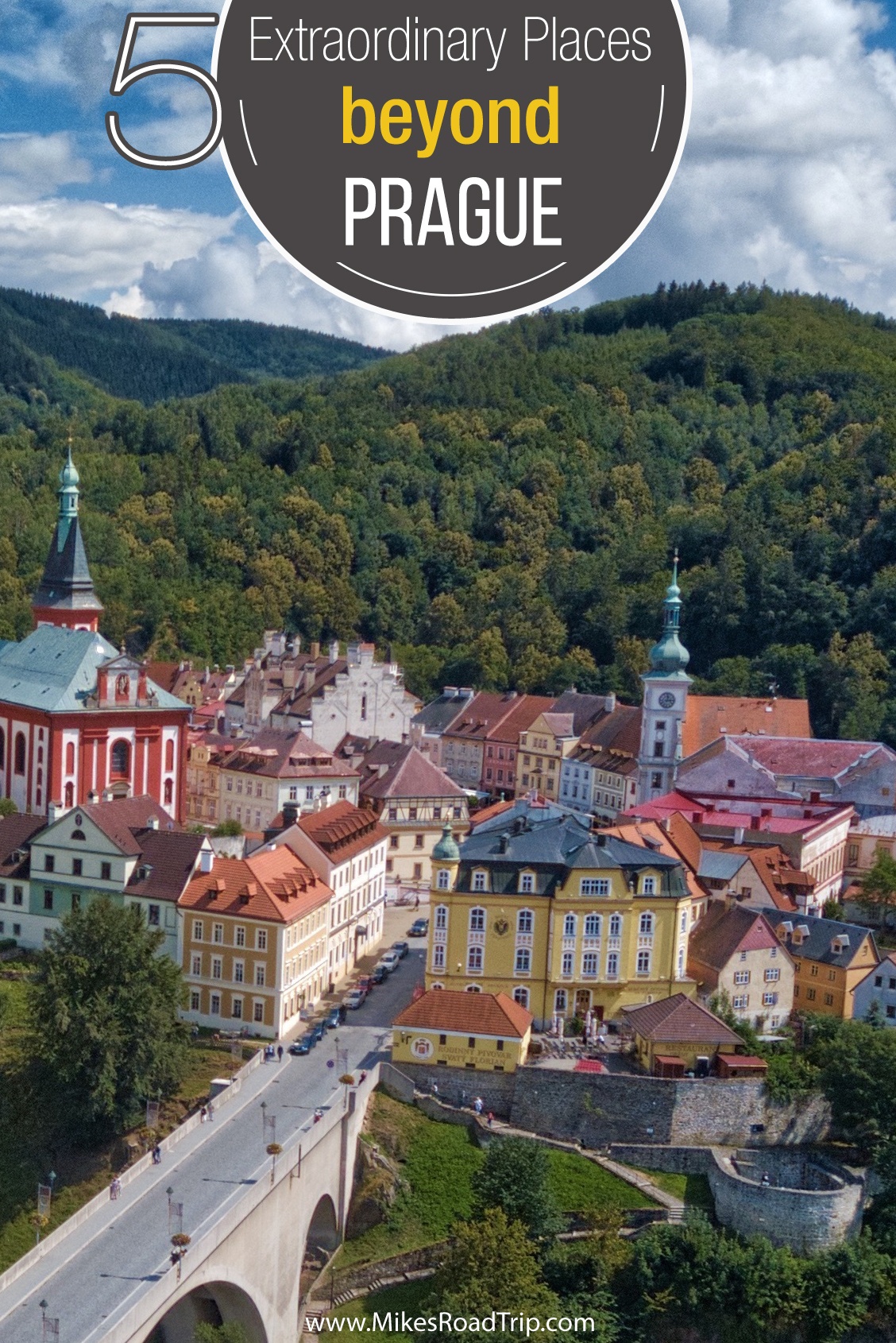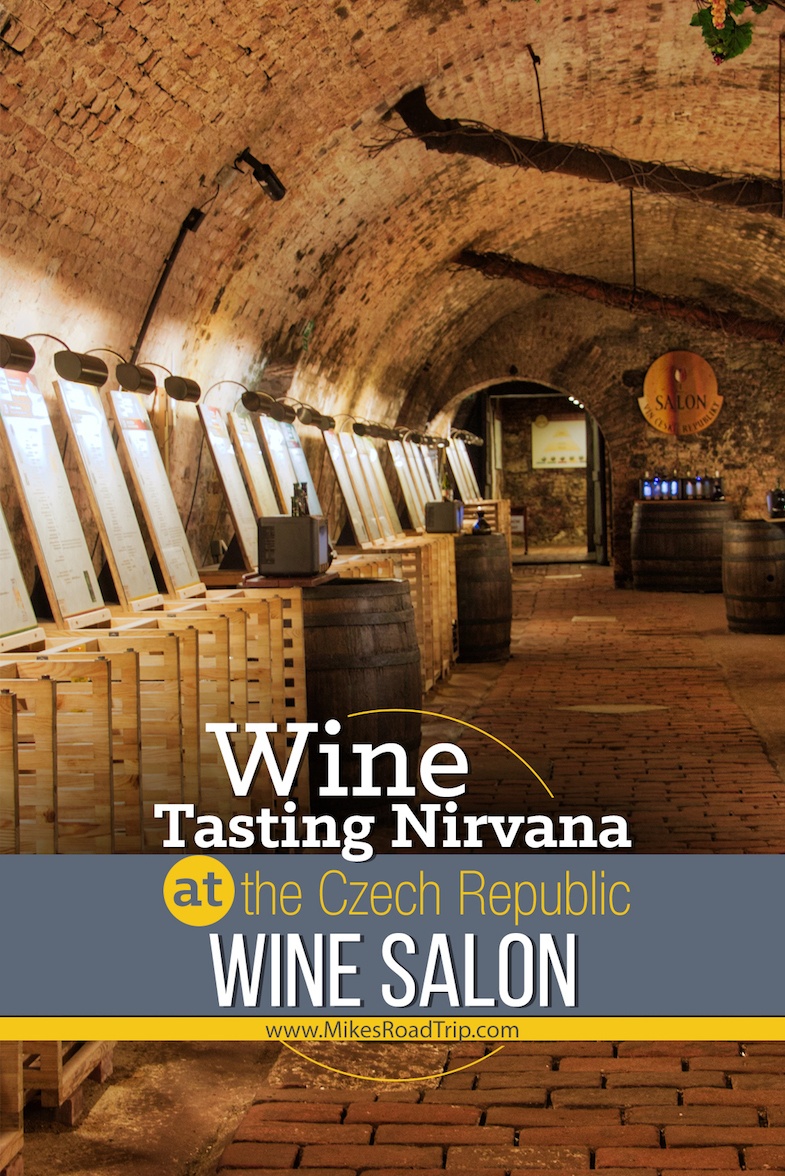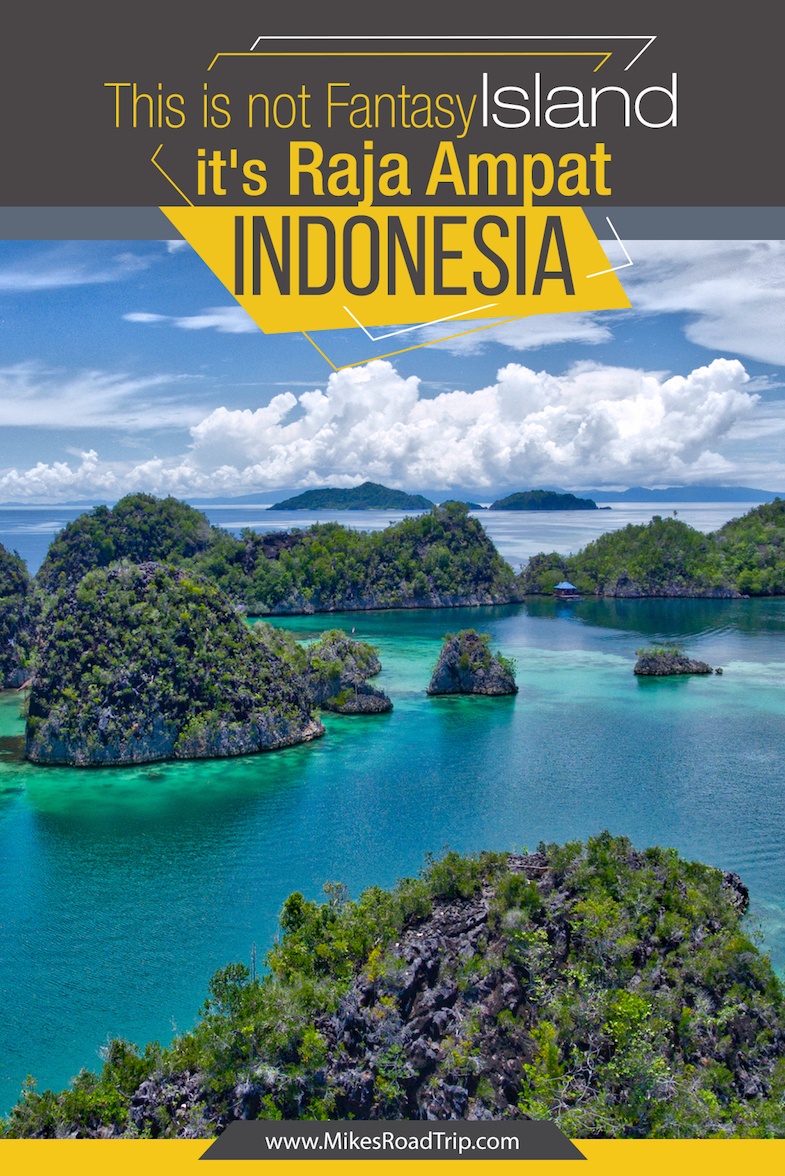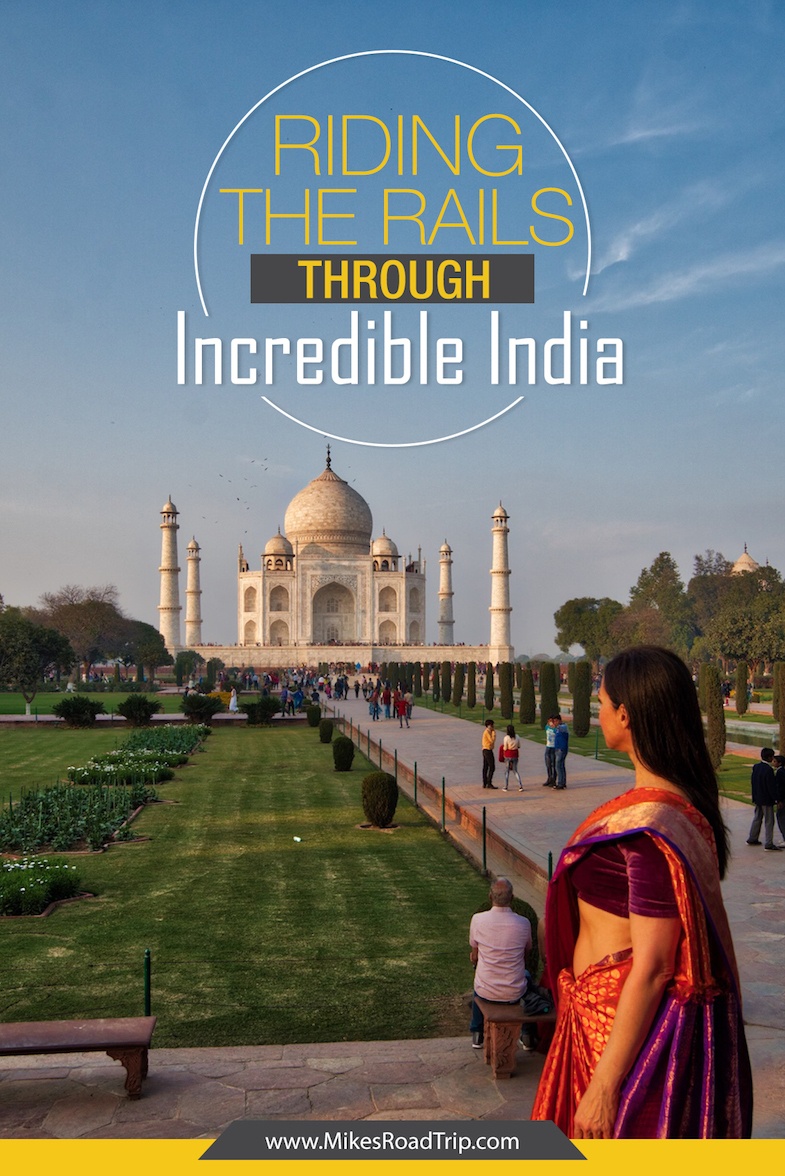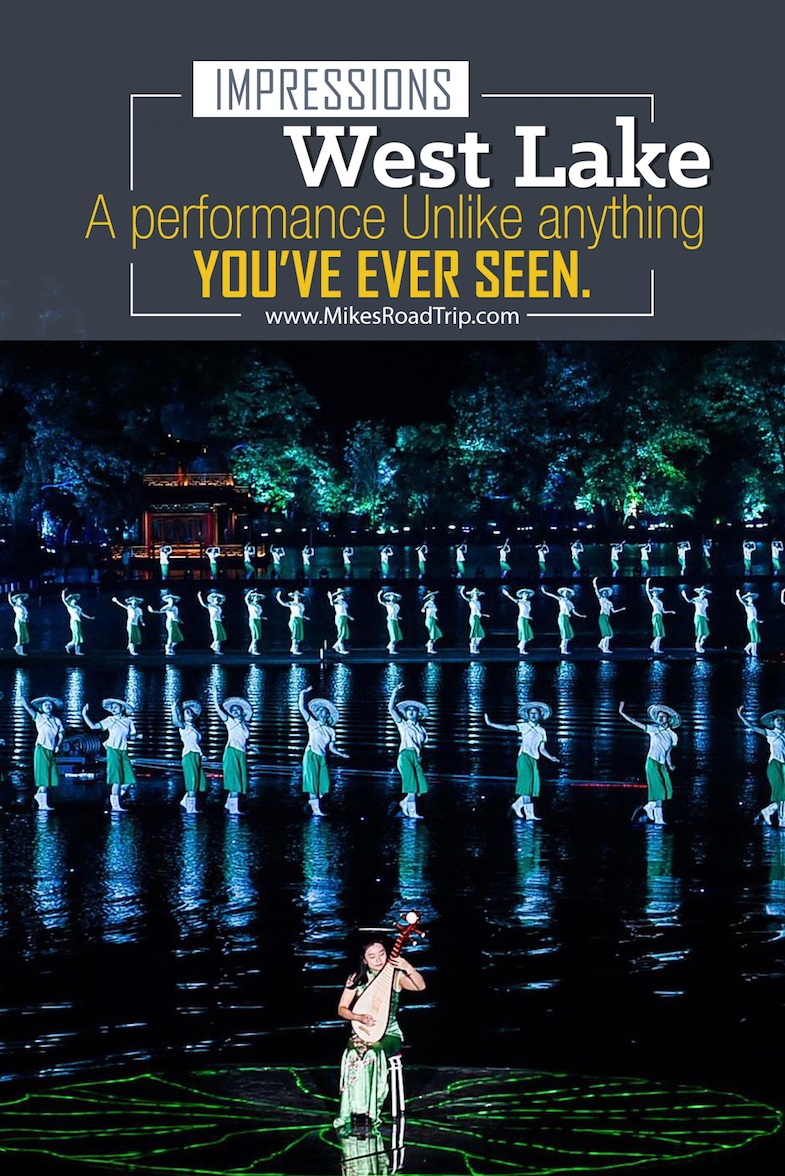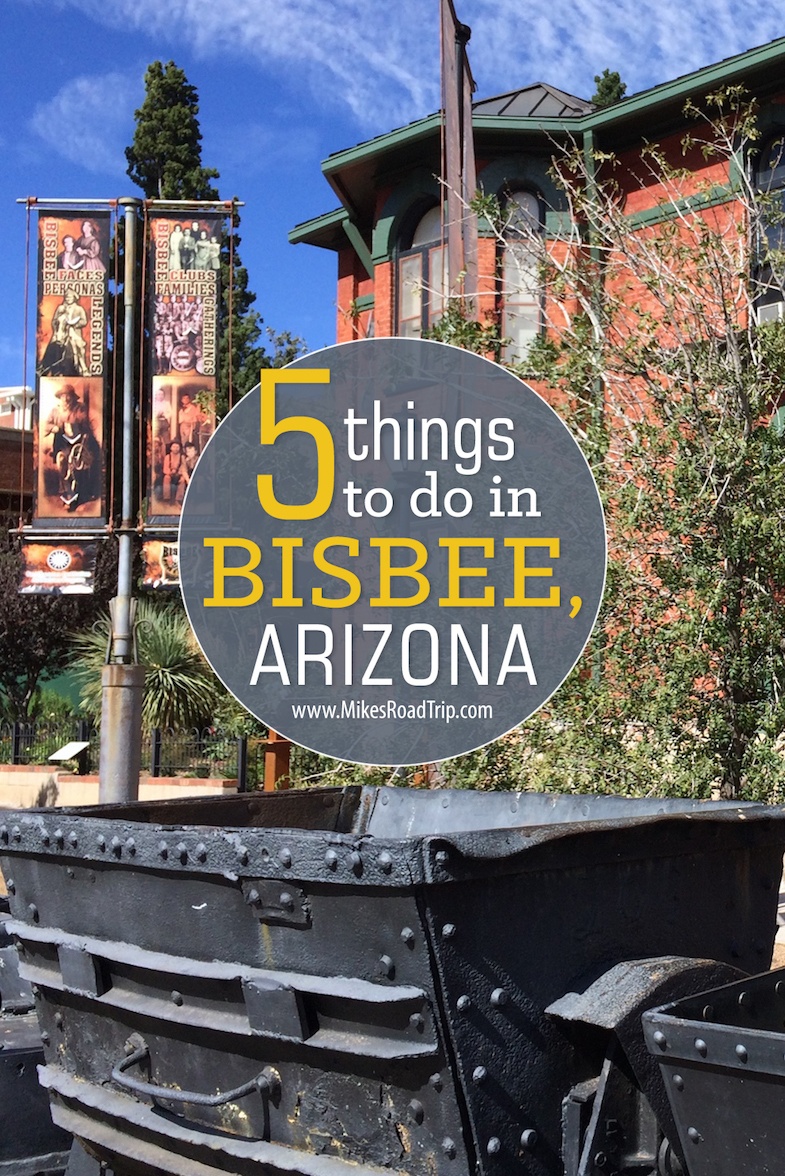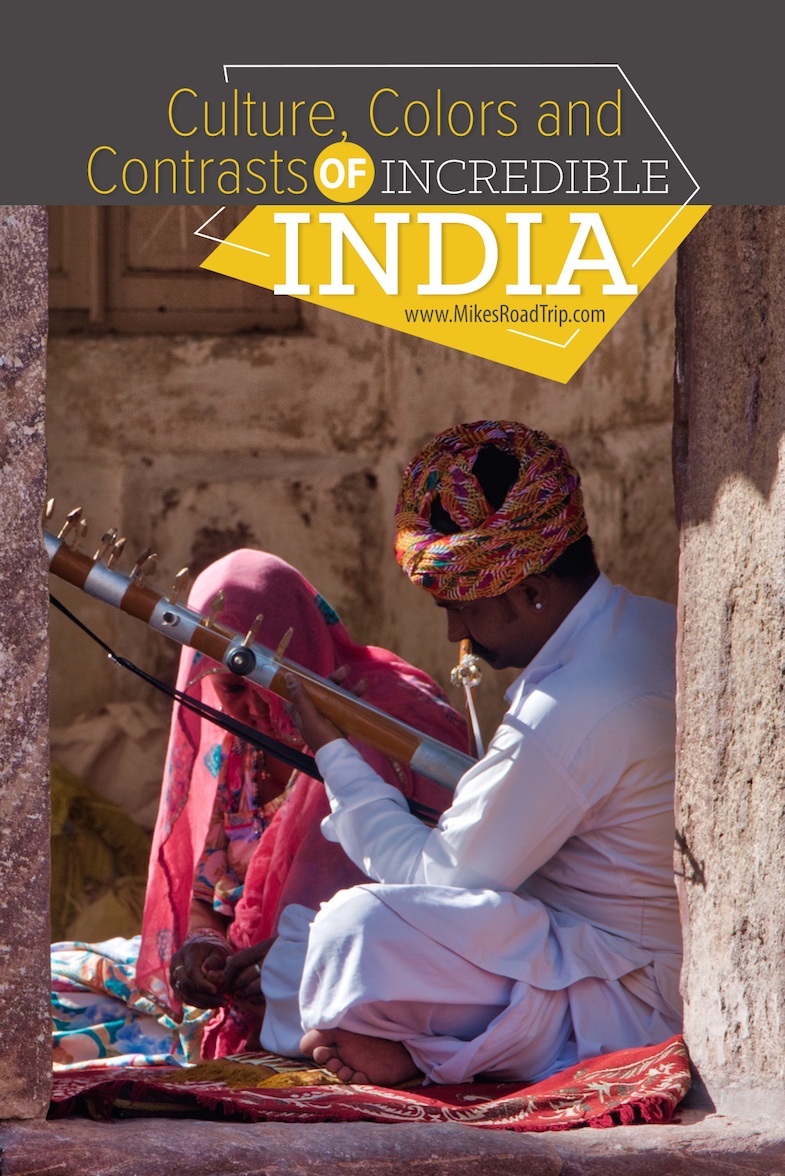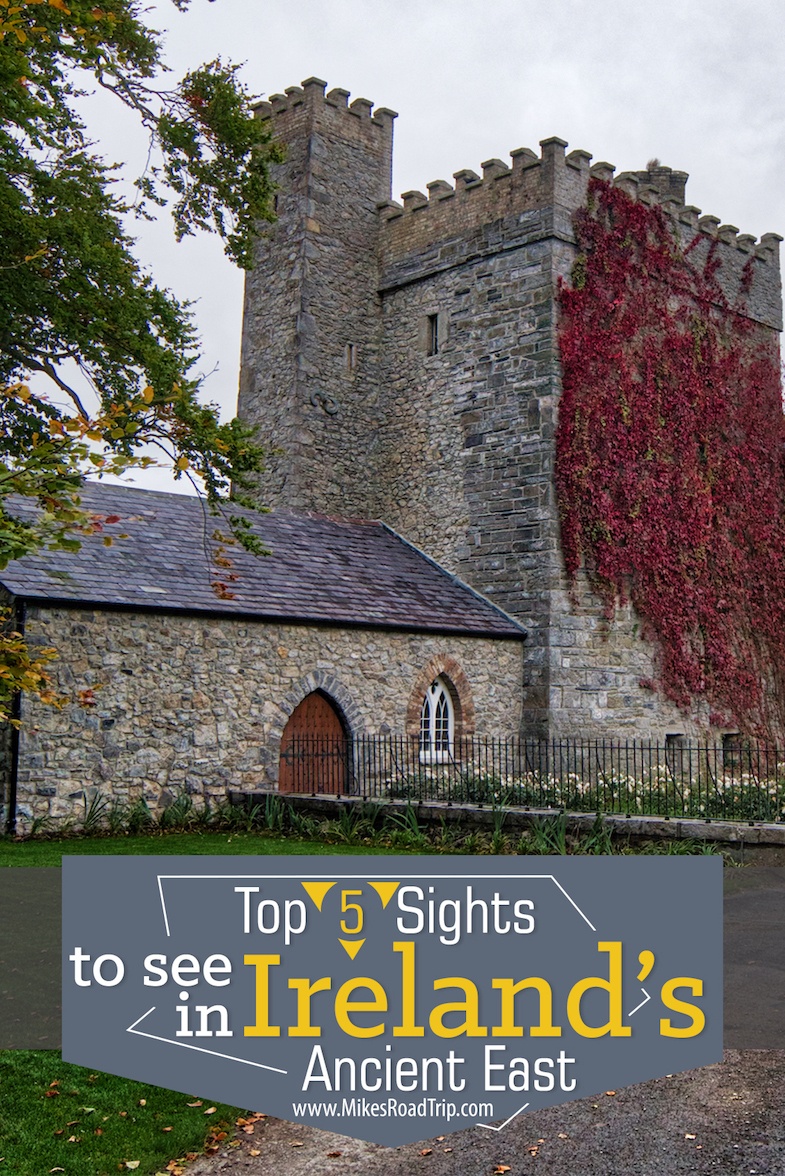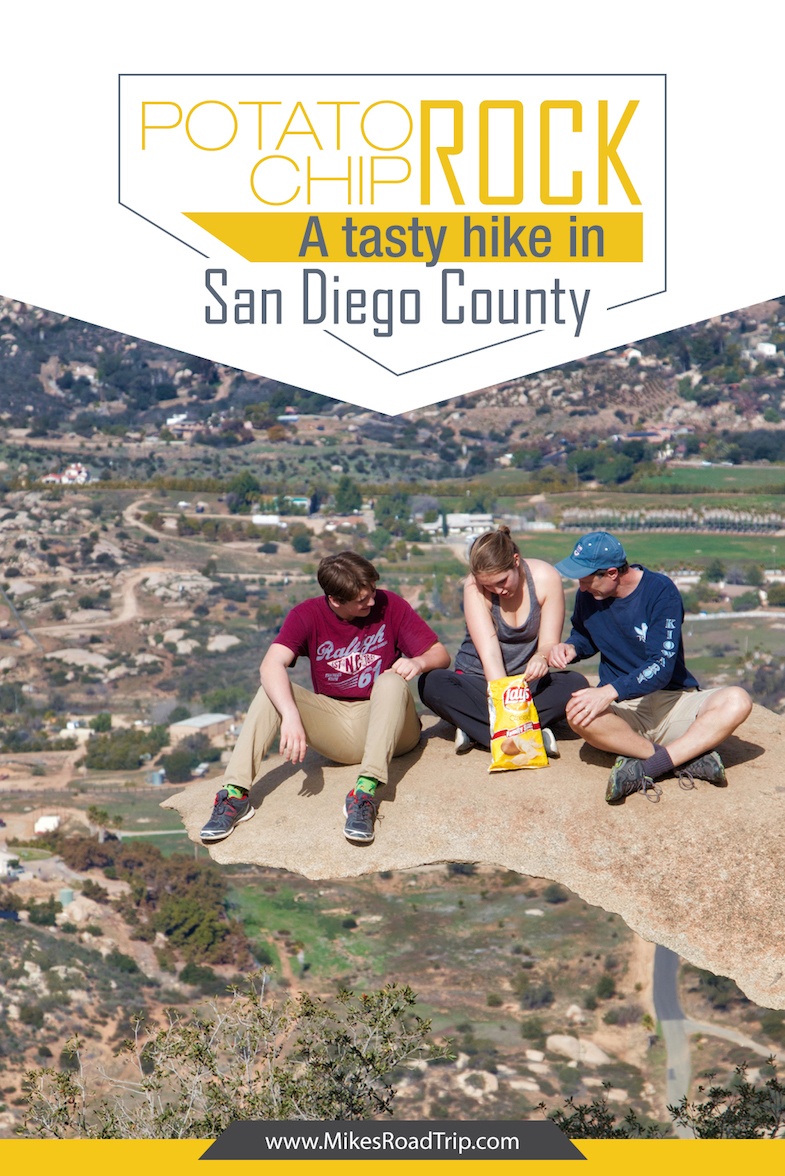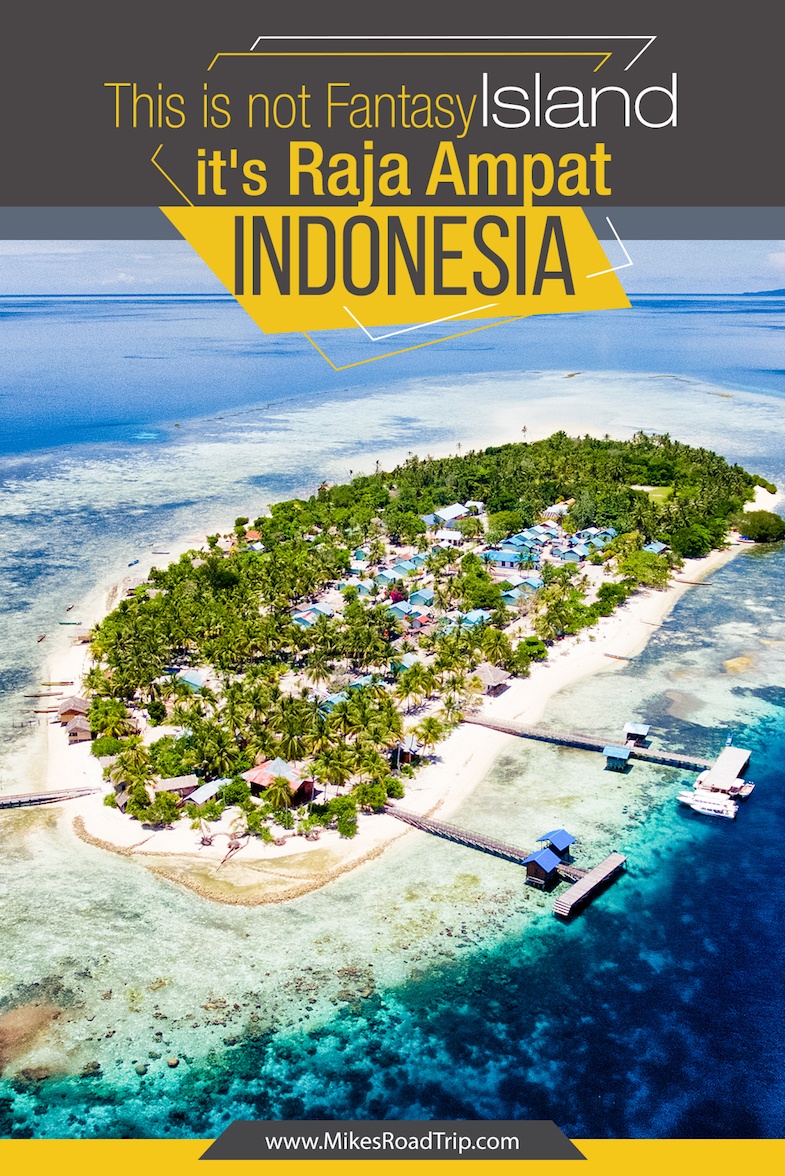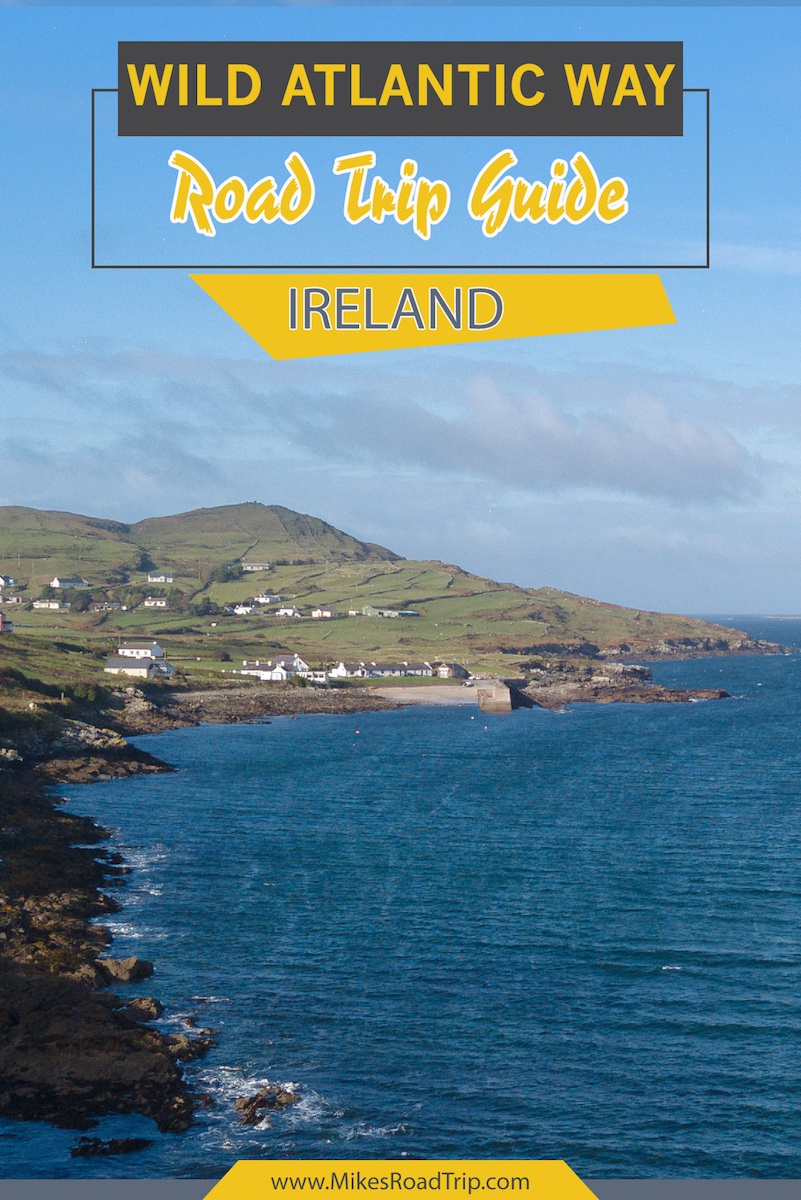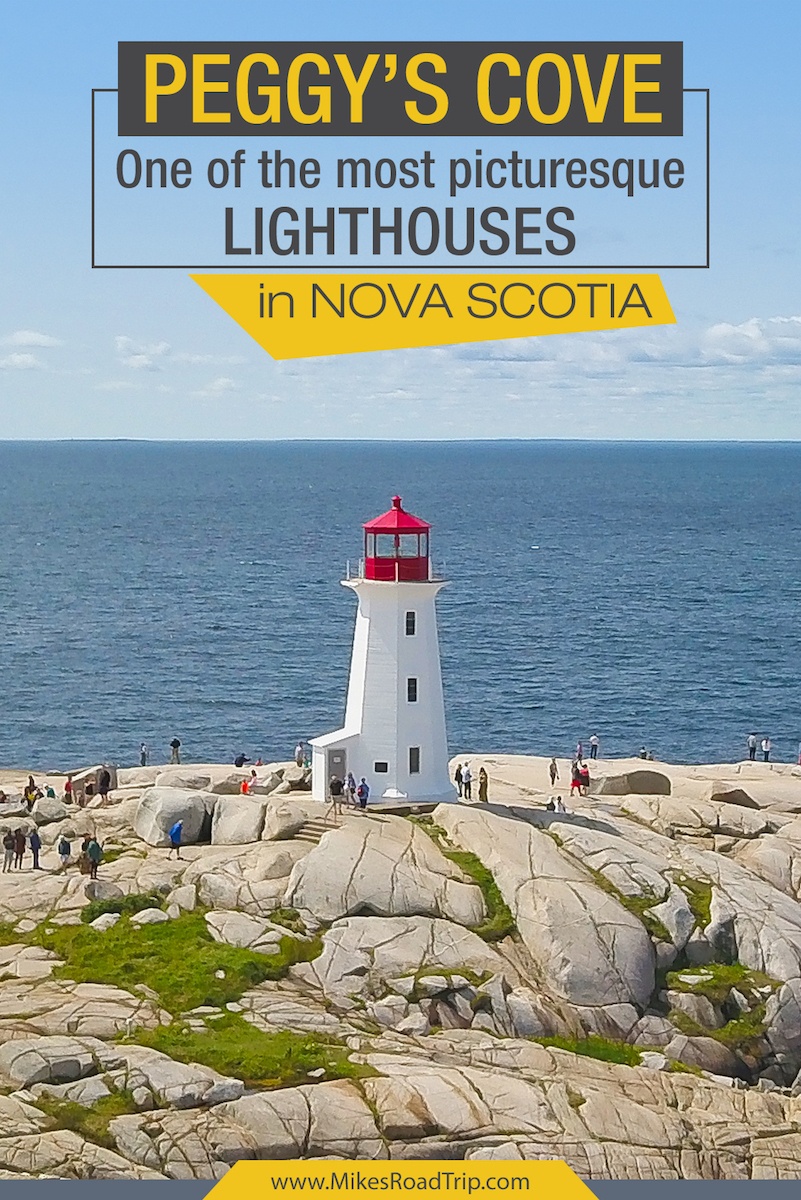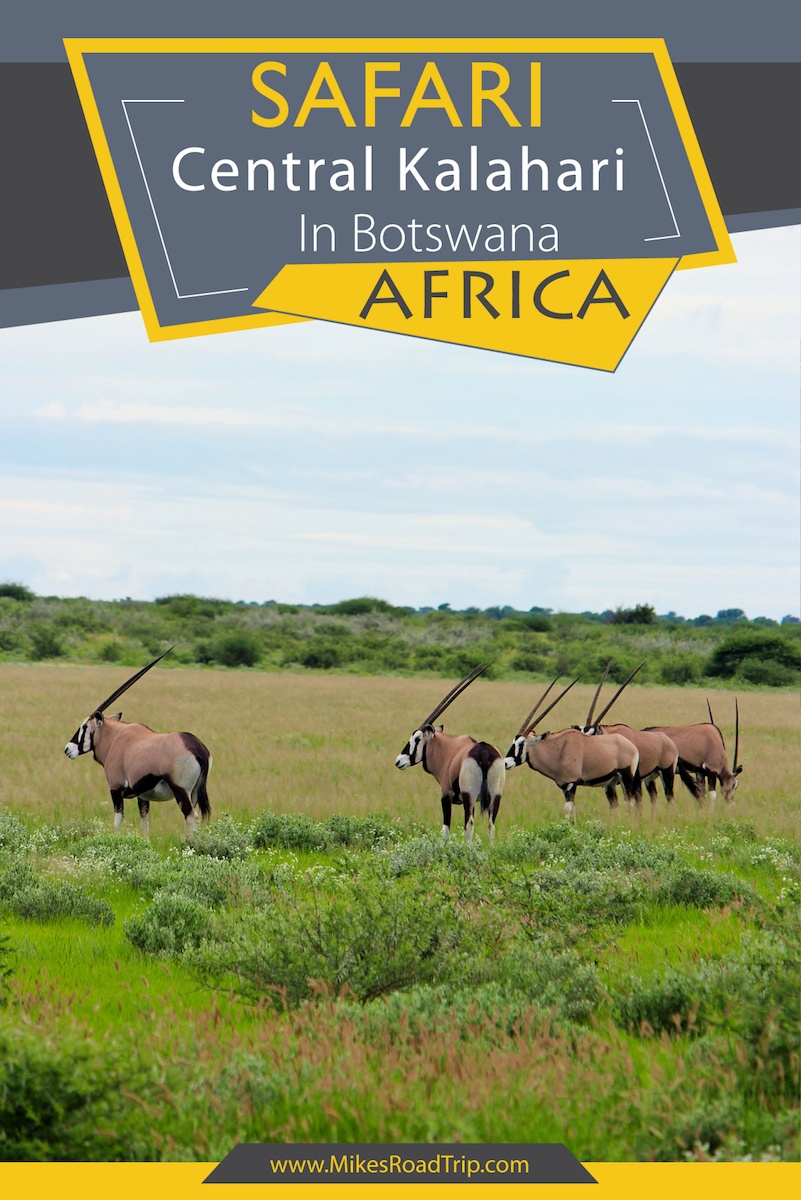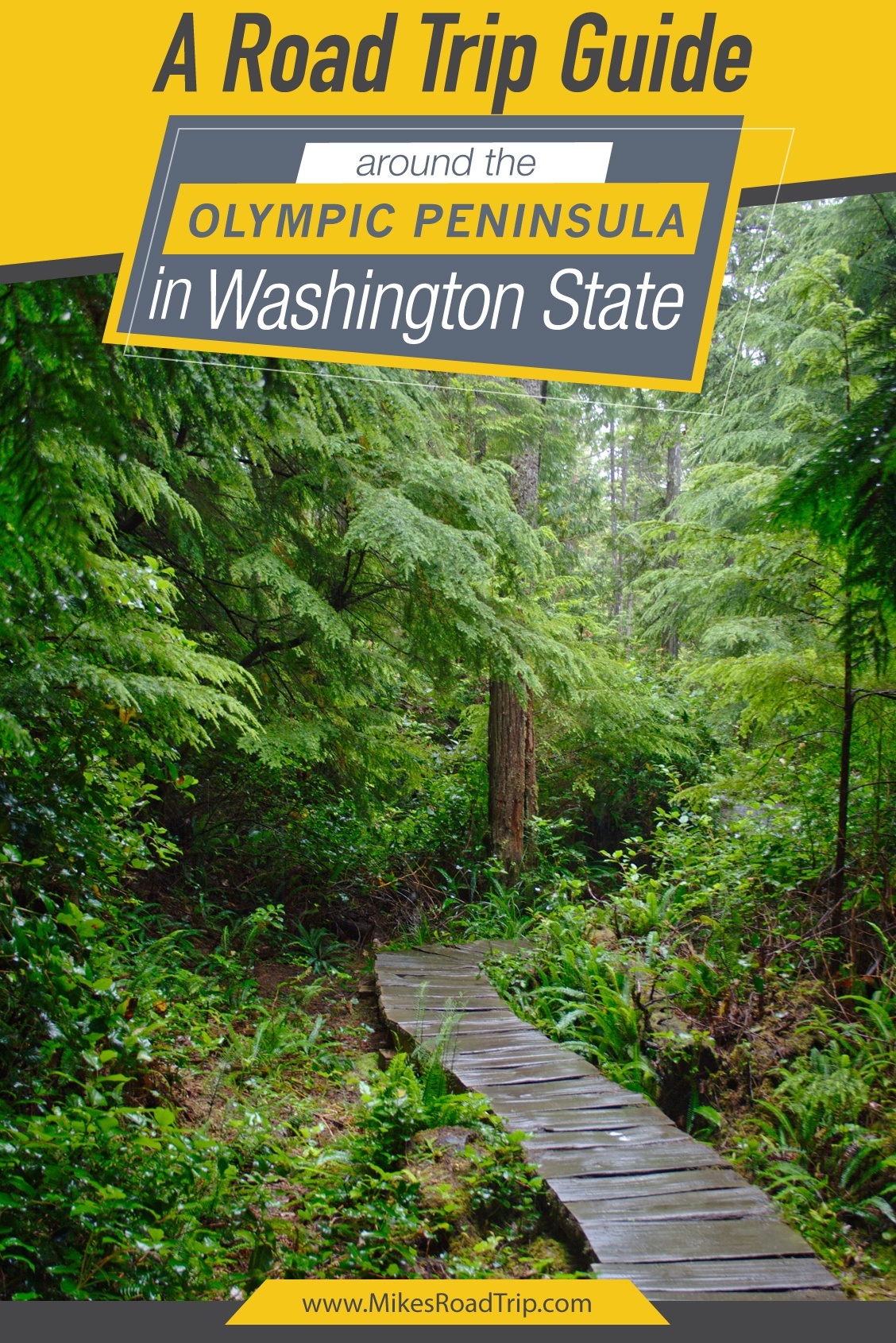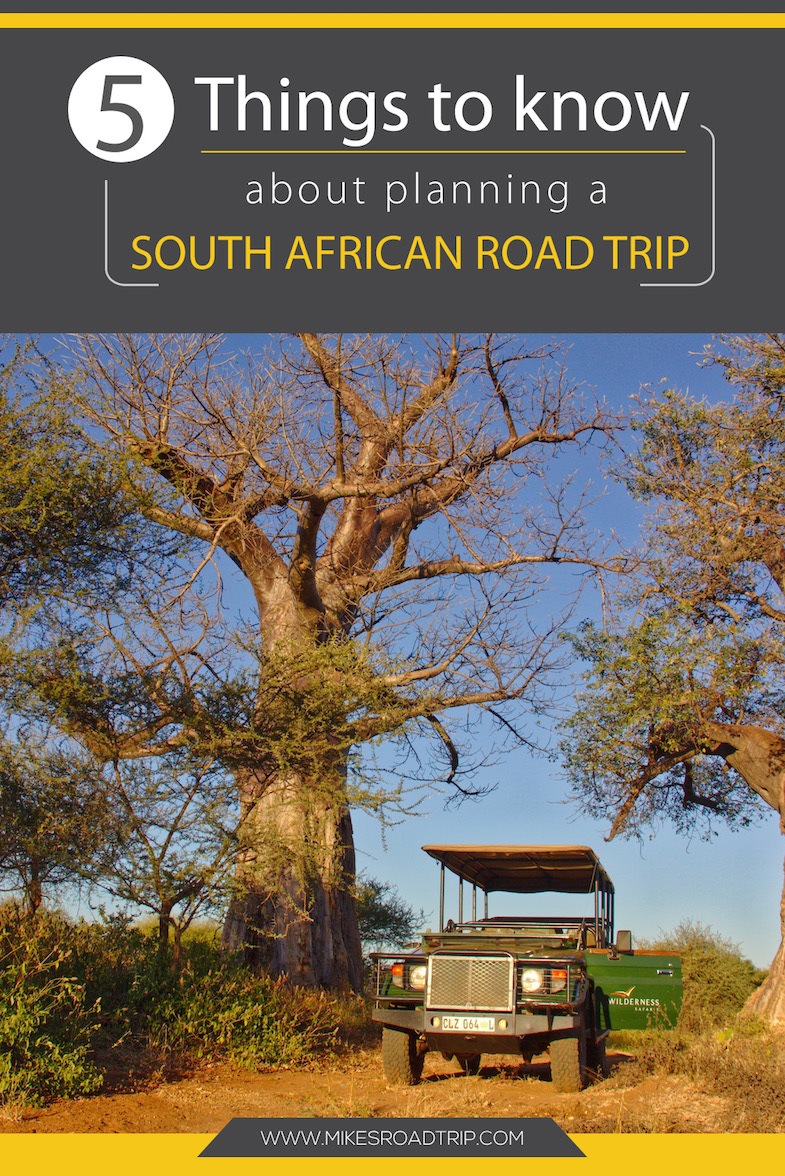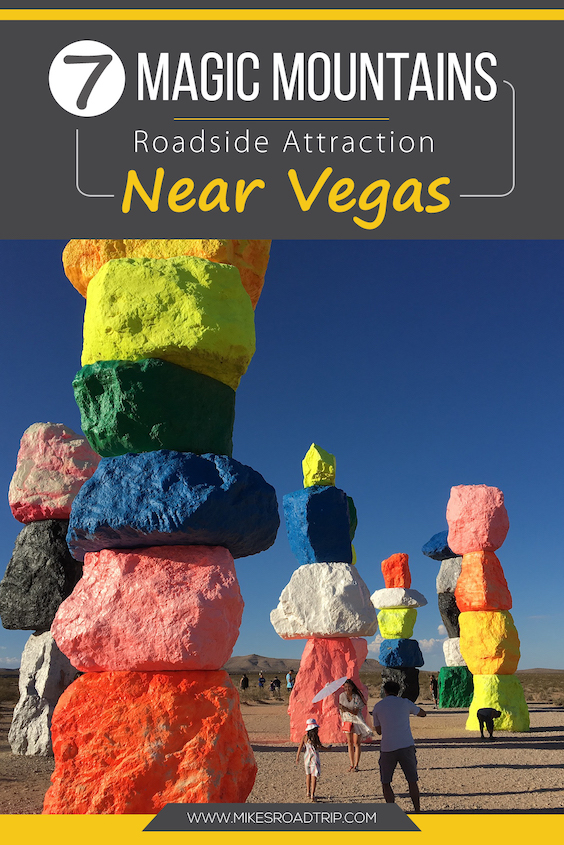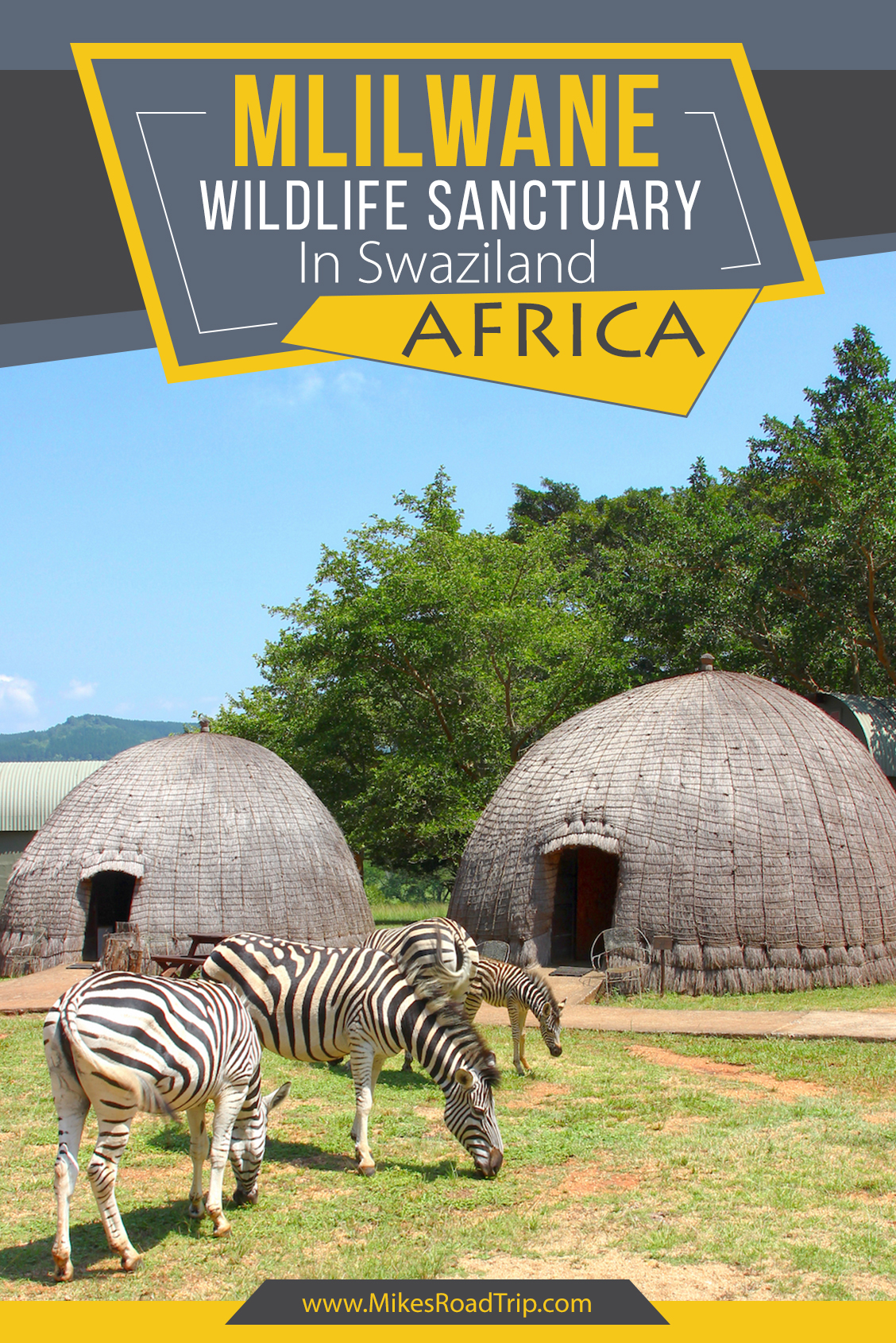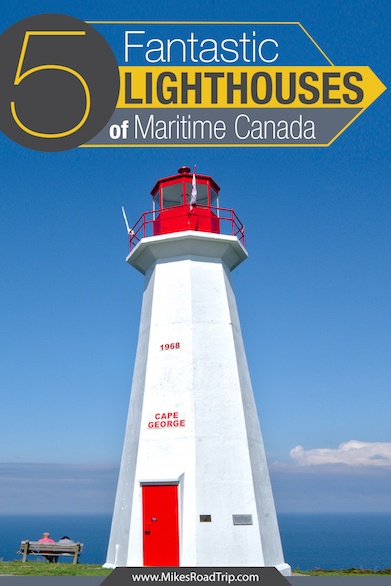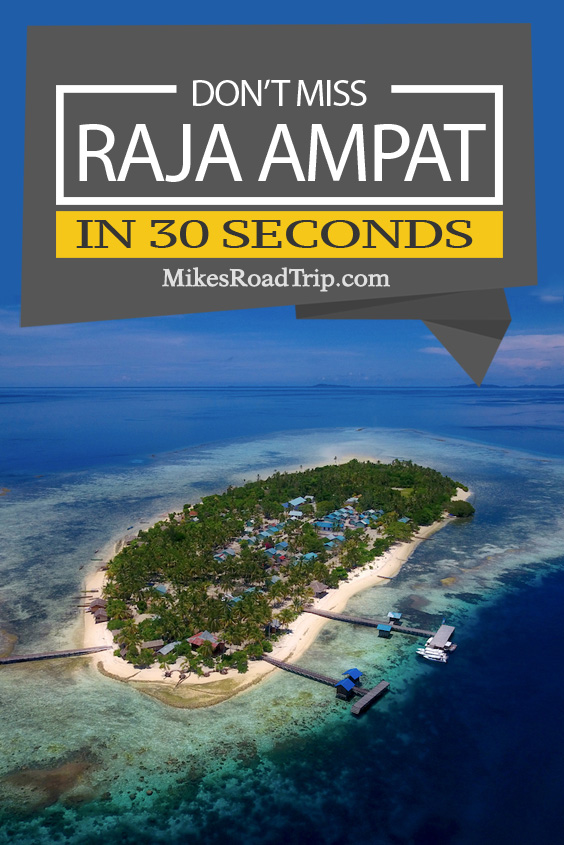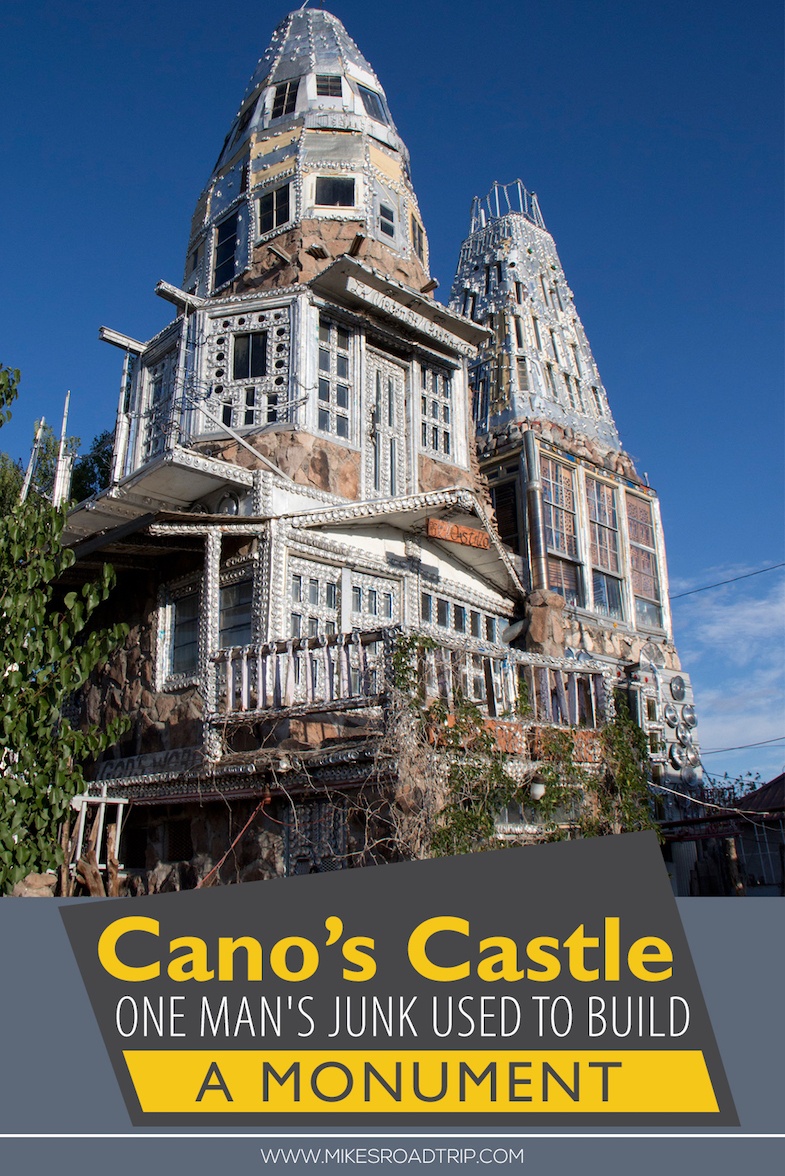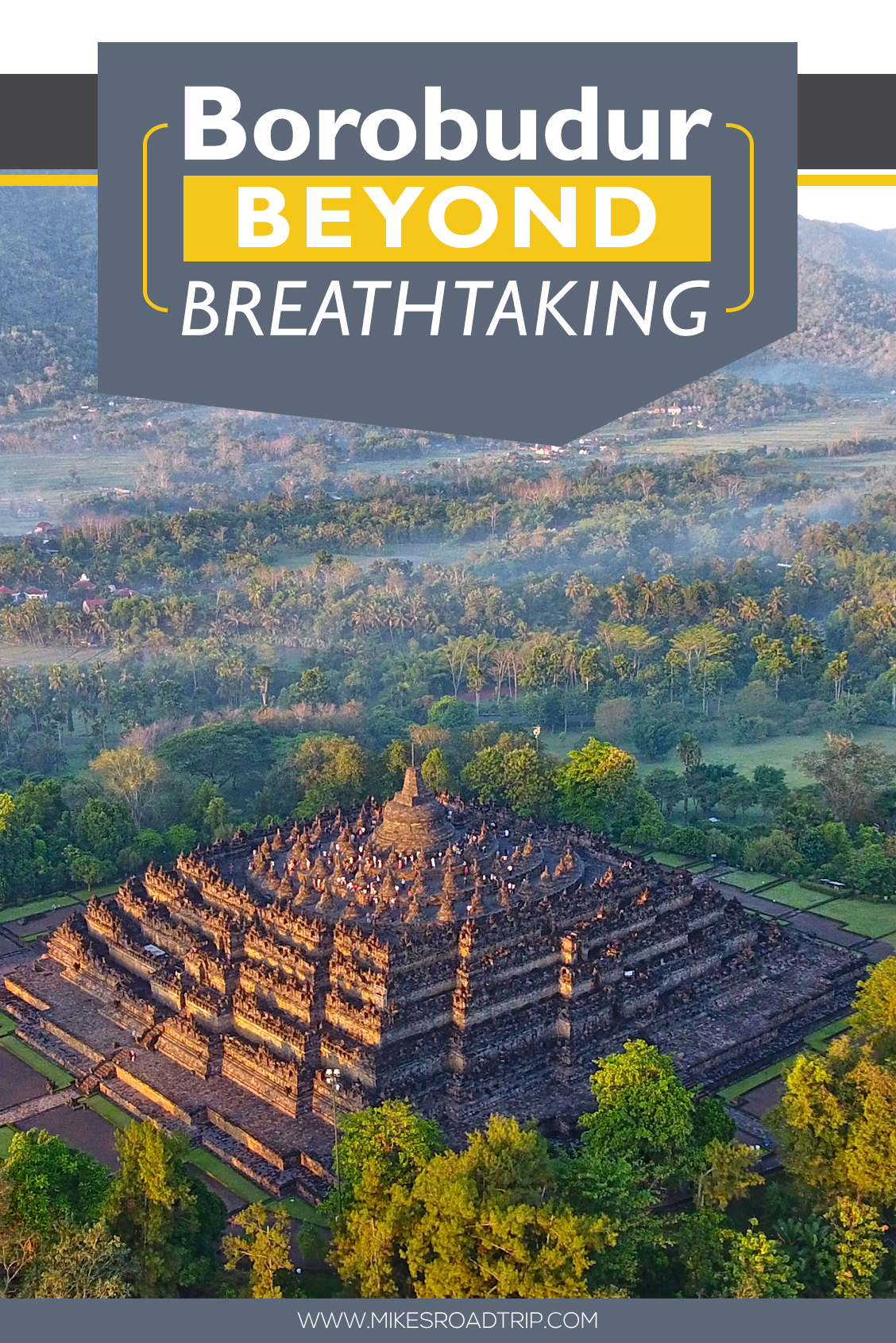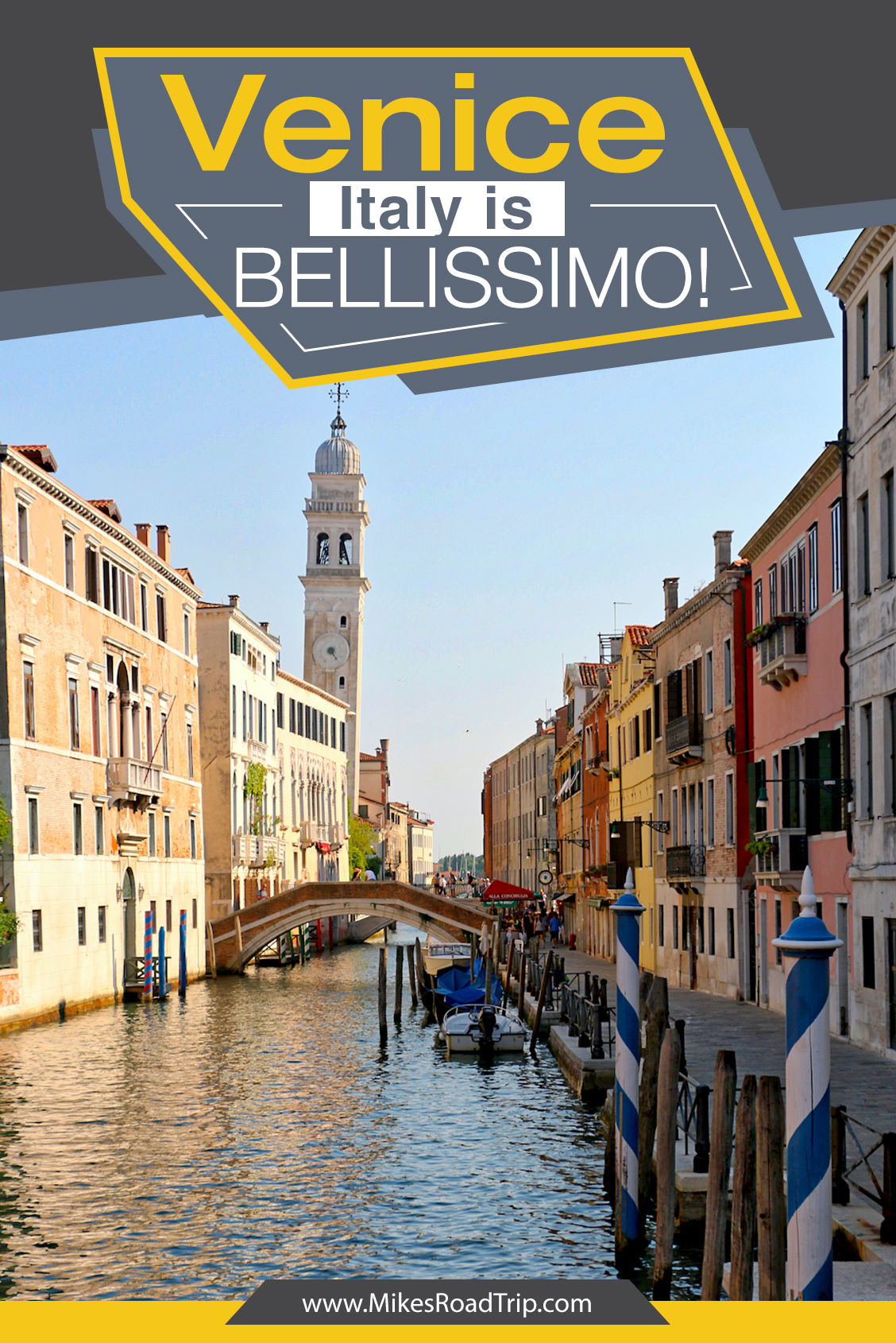Death Valley: A fascinatingly inhospitable place
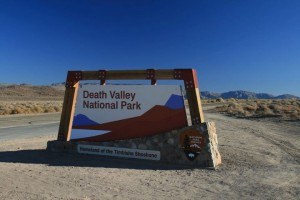 This was my first visit to Death Valley National Park and I wasn’t sure what to expect. What I found was a fascinatingly inhospitable place. From the salt flats, sand dunes, to the hikes and cliff dwellings through the canyon walls, Death Valley is a very interesting and unique place with so many varying landscapes. The diversity of colors and textures throughout the park will also surprise and impress you.
This was my first visit to Death Valley National Park and I wasn’t sure what to expect. What I found was a fascinatingly inhospitable place. From the salt flats, sand dunes, to the hikes and cliff dwellings through the canyon walls, Death Valley is a very interesting and unique place with so many varying landscapes. The diversity of colors and textures throughout the park will also surprise and impress you.
I entered Death Valley from the north and discovered the area to be very mountainous with a “valley” (hence the name) that runs through. I knew the park was below sea level, but had no idea that its lowest point was nearly 300′ below sea level. Death Valley has also recorded the hottest temperature in the Western Hemisphere at 134 degrees. I’m from the Phoenix area and remember when it hit 122 degrees…I can’t imagine how hot another 12 degrees would be—perhaps at that temperature it would make no difference. The average high temperature in July (the hottest month of the year) is 117 degrees…I don’t think I would recommend exploring the park during the summer months. As a matter of fact, if you do drive through during the summer months, I’d probably bring a lot of extra water. JustSayin’ ™ 🙂
[yframe url=’http://www.youtube.com/watch?v=ywxlA-nv-u4′]
I think I may have visited Death Valley at the perfect time of year…it was maybe 75 degrees with a light breeze…perfect for hiking and exploring. Death Valley National Park is massive in size, as a matter of fact, it’s the largest national park in the lower 48. The park contains a diverse desert en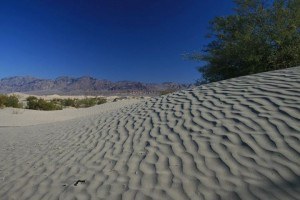 vironment of salt-flats, sand dunes, badlands, valleys, canyons, and mountains. To my surprise, Death Valley is not as inhospitable as I would have suspected…the park actually supports life and there are a number of water sources. There are even preserved ruins showcasing that people actually lived in this area at one time. I guess it stands to reason…in the summer months they probably made their way to higher elevations, while during the winter trekked back down to the valley floor for a more temperate climate.
vironment of salt-flats, sand dunes, badlands, valleys, canyons, and mountains. To my surprise, Death Valley is not as inhospitable as I would have suspected…the park actually supports life and there are a number of water sources. There are even preserved ruins showcasing that people actually lived in this area at one time. I guess it stands to reason…in the summer months they probably made their way to higher elevations, while during the winter trekked back down to the valley floor for a more temperate climate.
- Stovepipe Wells is home to the most photographed sand dunes in the world, and is within hiking distance of Keane Wonder Mine and Mill. Just a short drive away are two must-see ghost towns, Leadfield, California, and Rhyolite, Nevada. If you choose to stay the night, there is nearby campground with 200 sites and is open from October to April.
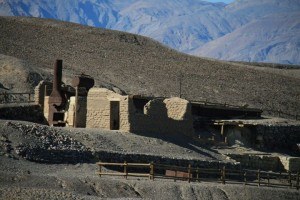
- Two miles east of the Furnace Creek Inn is the start of the off-road driving route through Echo Canyon. Highlights along the ten-mile route include a colorful section of narrows, a natural arch called the Needle’s Eye, and the still-standing structures of the Inyo Mine.
- Just outside of the southern end of the park I discovered some interesting cliff dwellings that are accessible to explore.
Bottom line: Death Valley National Park is one of the most unique places on earth. It’s difficult to describe how strange, yet compellingly beautiful the park is. There’s a sense of isolation, coupled with a hidden sense of life…including the random displays of wildflower, which are quite unexpected in such a desolate place.
Click the following link to see more of my pictures from Death Valley National Park.
Have you been to Death Valley before? If so, tell my readers and me something interesting…a special place or favorite thing you enjoy doing. If you enjoyed this post and video, please click the “like” button and share with friends and family.



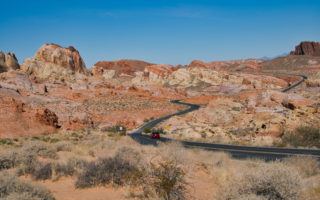
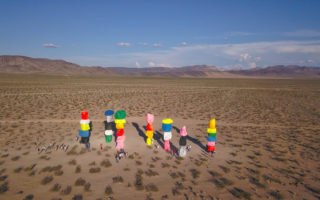
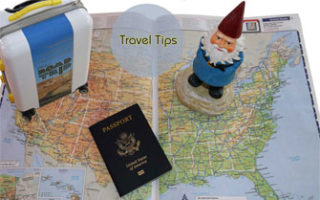

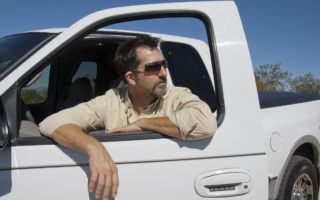
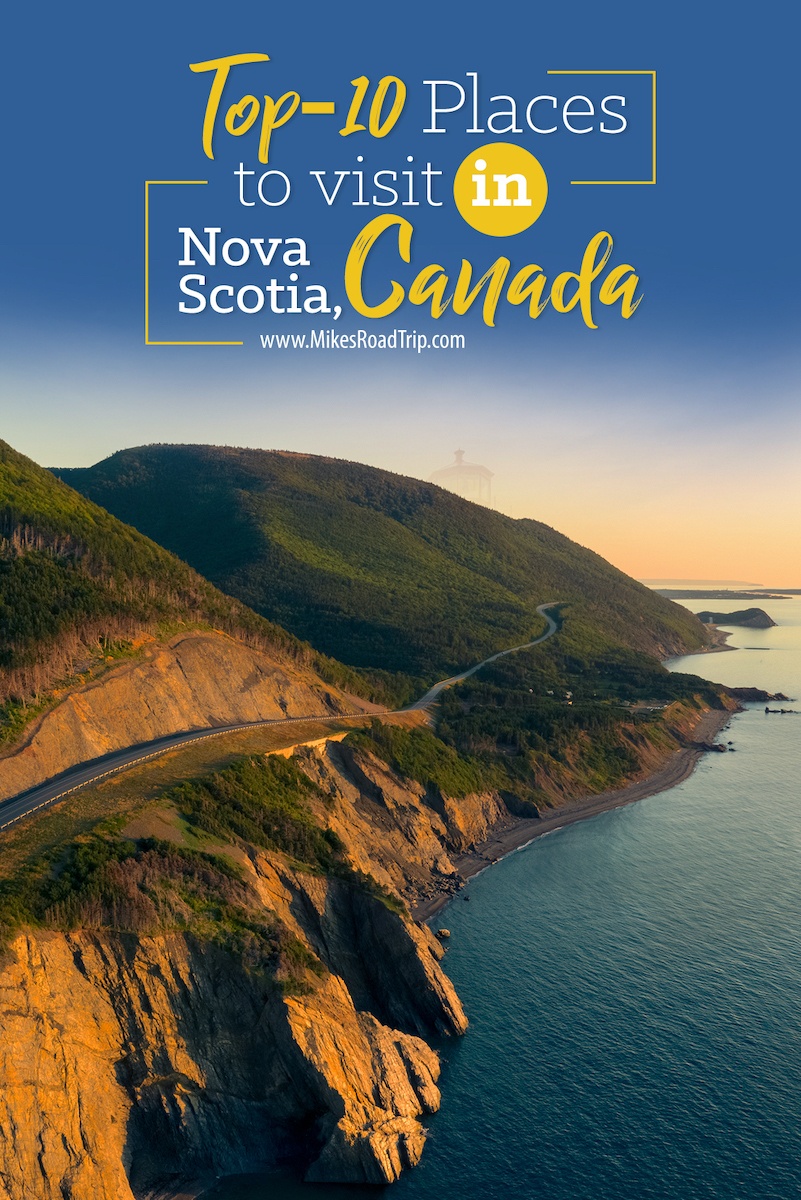
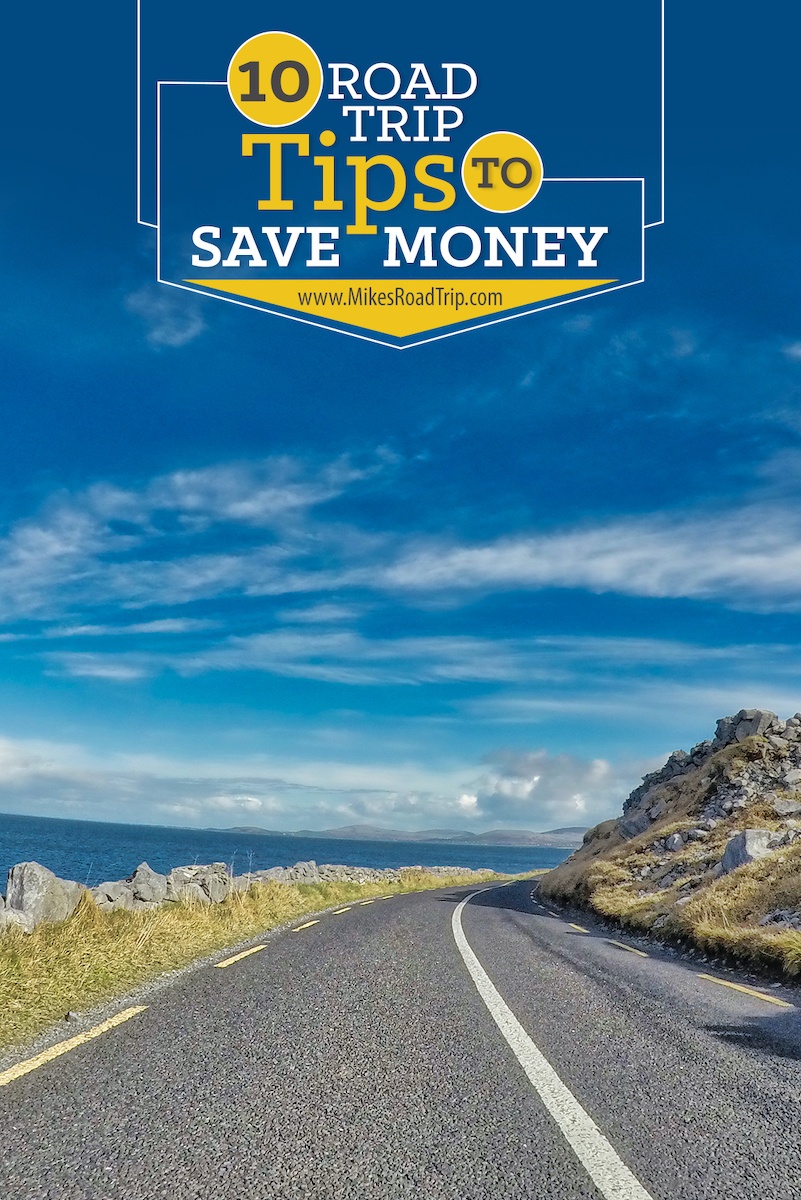
![Top-5 Best Places to visit in Belgium beyond Brussels [video included]](https://mikesroadtrip.com/wp-content/uploads/2020/07/Pin-6b.jpg)
![Top-10 Most Interesting Facts about Arizona [Video Included]](https://mikesroadtrip.com/wp-content/uploads/2020/07/Pin-2.jpg)
